Tropic Thunder (2008)
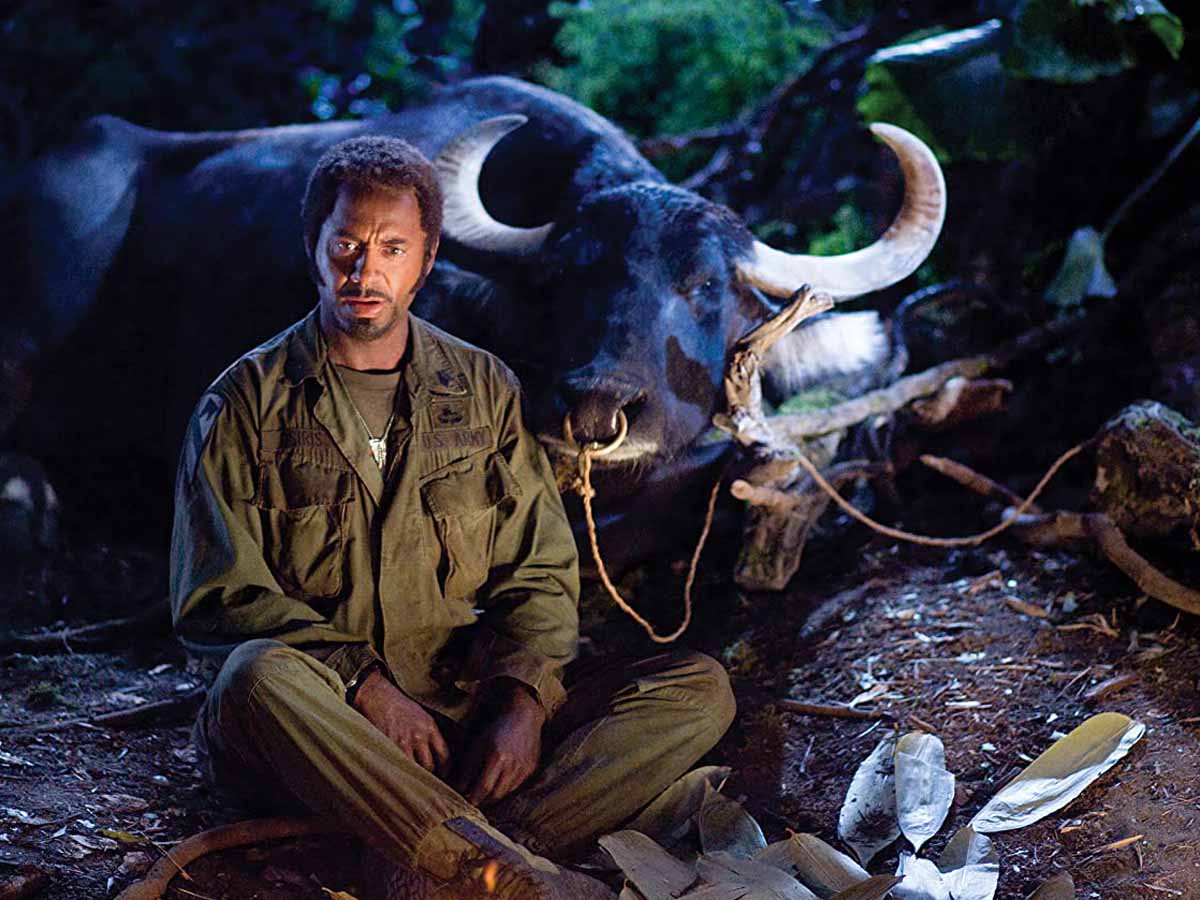
Funny or not, Tropic Thunder uses blck-face for comedy. The character Kirk Lazarus, played by Robert Downey Jr, is supposed to be ridiculous, and other characters call him out for his beyond questionable interpretations. Brandon T. Jackson plays a character who confronts Lazarus’s impersonation of African Americans in the film. Still, it didn’t sit well with some audiences.
That being said, many audiences responded particularly well to Downey's role, as well as those played by Ben Stiller, Tom Cruise, and Jack Black. In fact, producers were pushing for Downey Jr. to get an Oscar nomination for the film, which he eventually got. He didn't win the award, however.
Revenge of the Nerds (1984)

What could be so bad about this light-hearted comedy? A lot, actually. The nerds aren’t supposed to be the bullies, but they turn out to be pretty bad when they spy and photograph a bunch of sorority girls while they're in their birthday fits. Then, they pass around the pictures later.
However, it's clear you can't keep a good nerd down. The film was modestly successful at the box office, and, even in the modern "enlightened" era, it still holds a respectable 70% approval rating on Rotten Tomatoes. Sorry, snowflakes, but you just can't outsmart the nerds. Better luck next time.
Myra Breckinridge (1970)
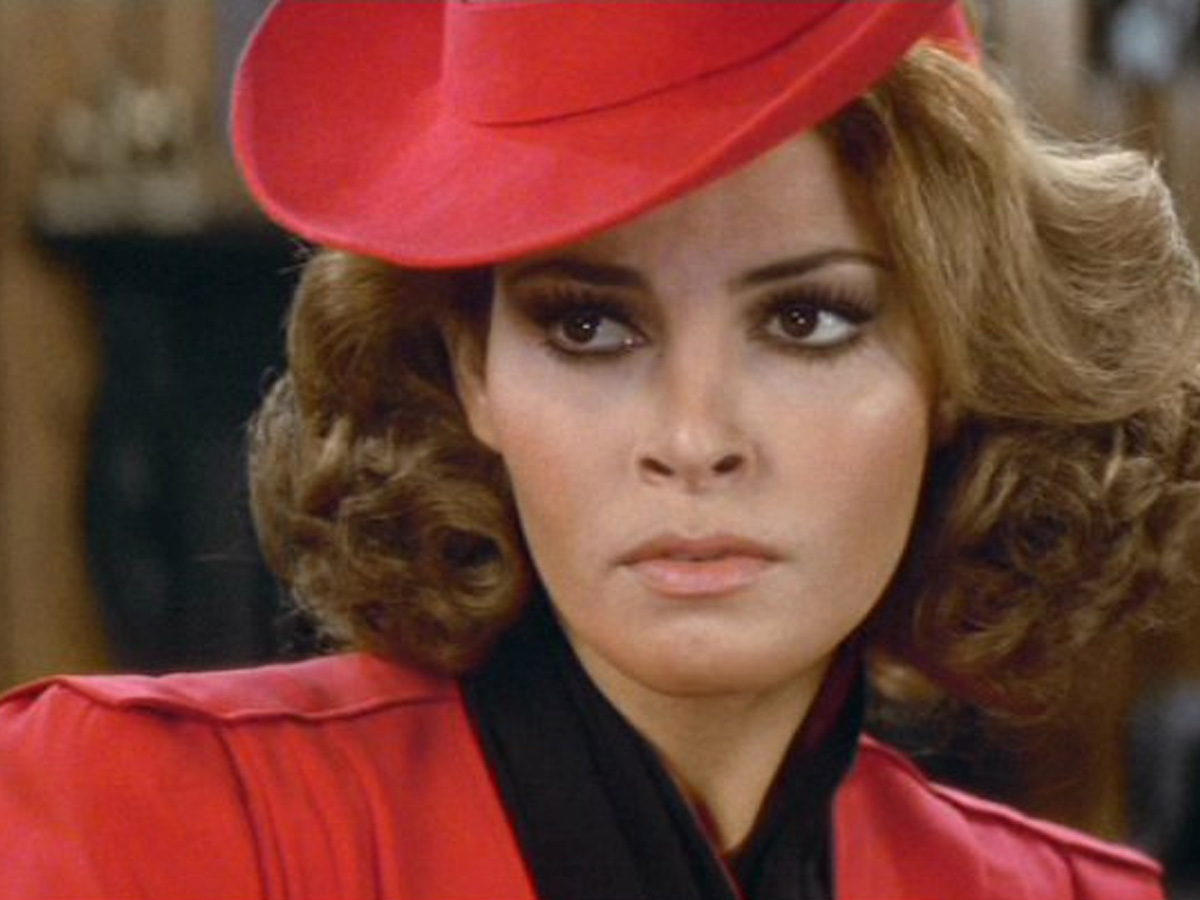
Based on the Vidal novel of the same name, Myra Breckinridge is a 1970s comedy about a man who gets a gender change in order to swindle his uncle out of a large sum of money. That description alone should make it crystal clear why this movie courted a lot of critics.
At the time of its release, it affronted good, old-fashioned folks who found the humor to be downright tasteless. These days, it's more likely to spark the ire of activists who have decided (without evidence) that Myra is a woman and makes them look bad.
Me, Myself & Irene (2000)

Me, Myself & Irene may not seem that bad at first, but really looking at it will reveal something else. The film is about a guy who has schizophrenia, but the way it’s portrayed is pretty bad. It’s a misconception that those who have schizophrenia have multiple personalities, and this film perpetuates that issue. Furthermore, it had taglines like “from mental to gentle.” Yikes.
These days, no one bats an eye when people throw a tantrum about a movie offending them, but that wasn't as common in the year 2000. Despite this, the National Alliance on Mental Illness sent a very angry letter to Fox demanding that they and Jim Carrey do a PSA about schizophrenia. It doesn't appear that the studio ever capitulated.
Soul Man (1986)
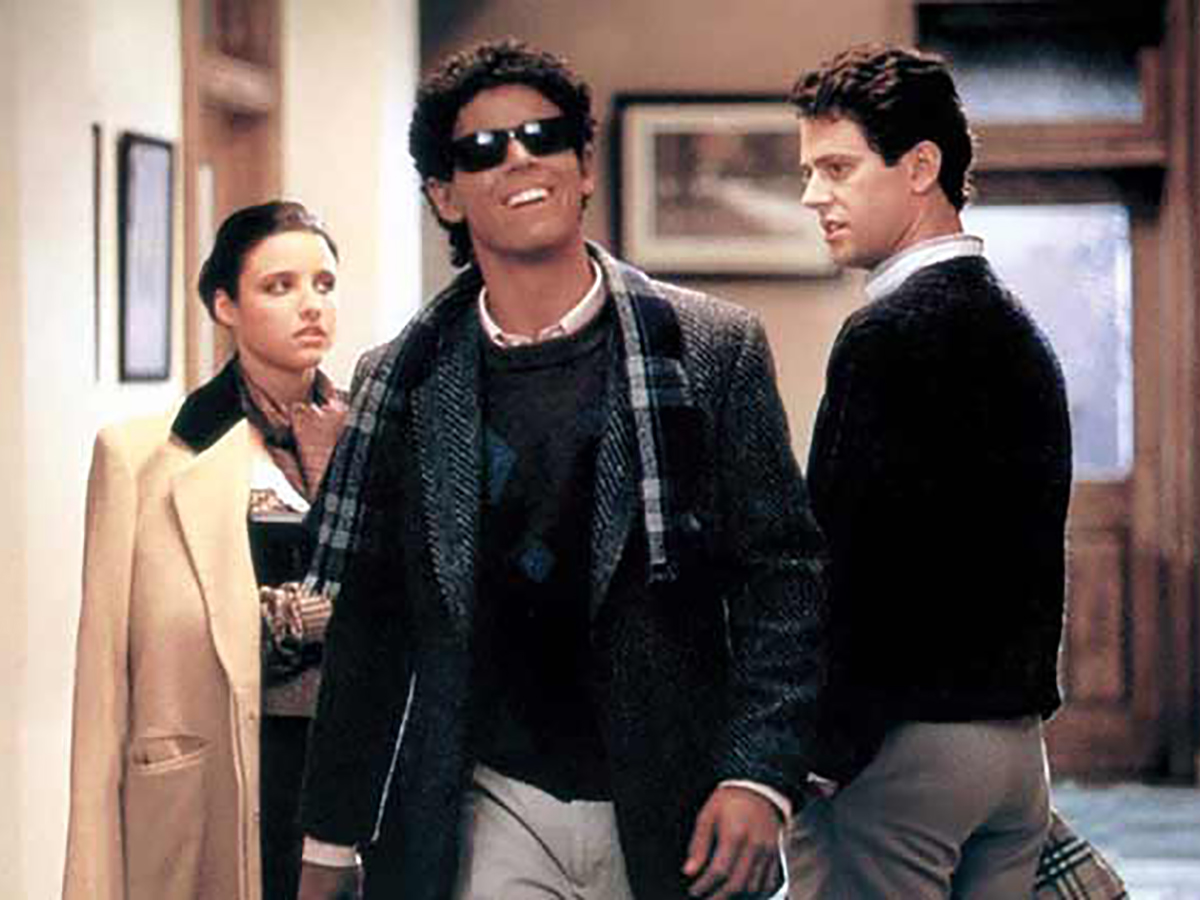
The general plot of this movie is pretty bad. It’s about a white guy who wants to go to law school but can’t afford it. So, his solution? To paint his face black -- obviously a no-no. He further perpetuates it, making the movie so much worse. All of this went down in the '80s when society was supposedly “enlightened” about these issues.
Despite the things surrounding the subject matter, from a financial point of view, Soul Man was a big hit. It ended up bringing in $35 million with just a $4.5 million budget. Whether they loved it or disliked it, people were clearly shelling out the money to see it.
Robin Hood: Prince of Thieves (1991)
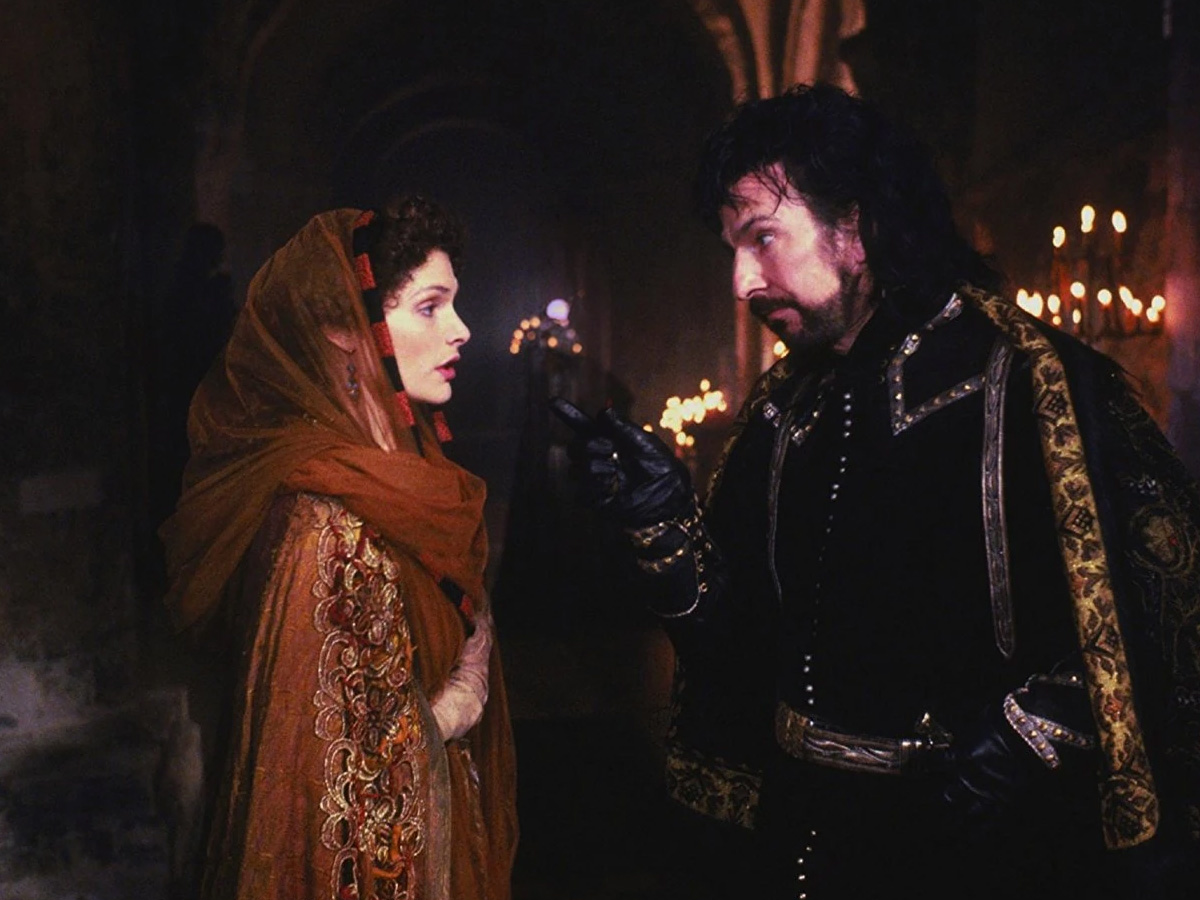
For several reasons, Robin Hood: Prince of Thieves wasn’t a stellar movie, but if it were made today, it wouldn’t be tolerated. There’s a scene near the end of the film where Robin has to save Maid Marian from the Sheriff. That scene was supposed to be “funny" as he attempted to force Marian right at the altar. In the '90s, you'd think society would understand that this isn't comedic.
Even if you want to watch the film to stick it to those who don't like it, we can't in good conscience recommend it. Without even considering the possible content in the film, it's a real stinker of a movie. Kevin Costner should be ashamed, but not for the reasons critics of this movie think.
I Now Pronounce You Chuck and Larry (2000)

I Now Pronounce You Chuck and Larry is about two straight guys who decide to marry each other so one of their children can receive healthcare. Not only is it insurance fraud, but it’s also beyond rude to couples who have waited for the opportunity to get married. This movie also featured Rob Schneider as an Asian minister, which is pretty bad.
This movie isn't worth the watch for more than one reason. Another reason you shouldn't watch it is because it's a mid-2000s buddy comedy starring Adam Sandler and Kevin James. Paul Blart and Happy Gilmore are bad enough when taken individually, but when their powers combine, it's unbearable.
Cuties (2020)
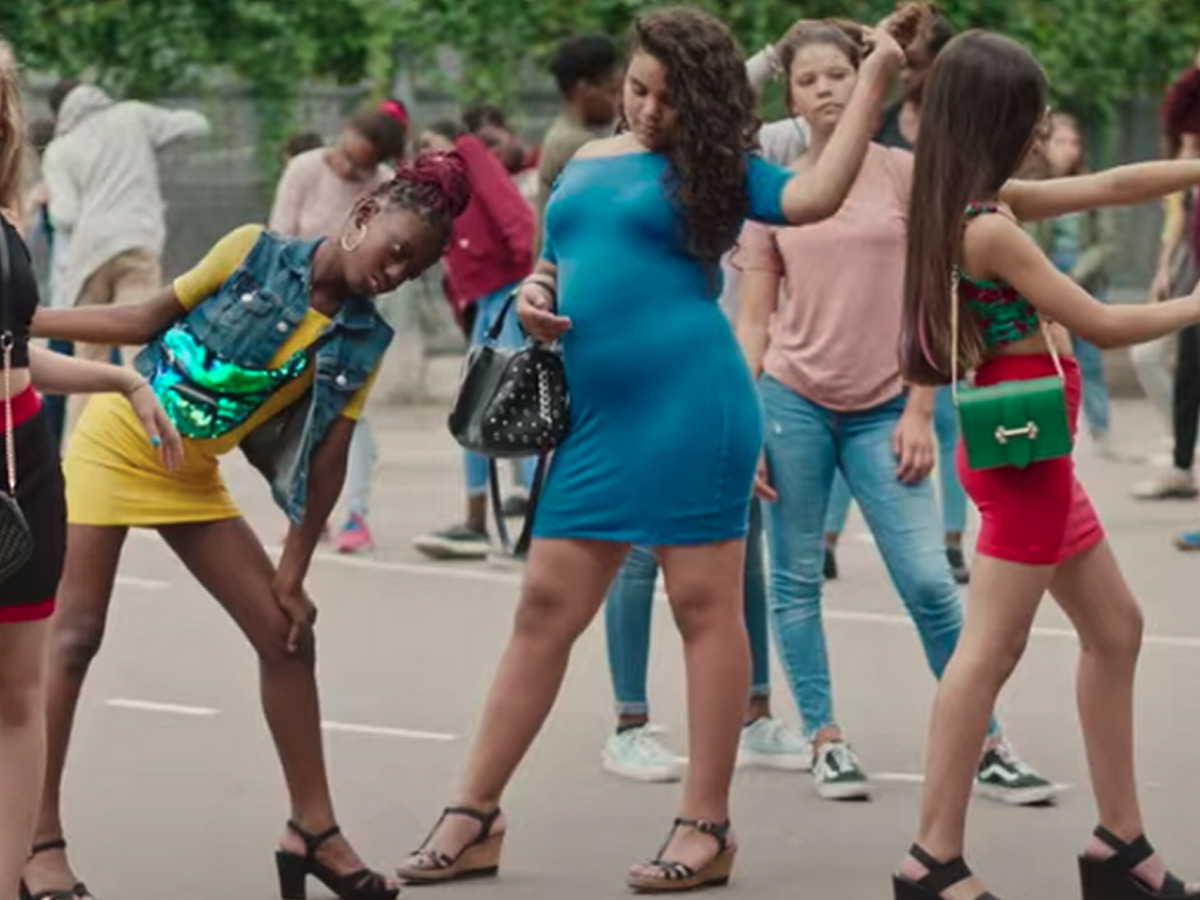
Cuties is a French movie that hit Netflix, and people weren't happy with the content. It features children in a "dance show" and saying it goes too far doesn't even start to bring up how bad it is. It's so bad that Capitol Hill has begun investigating the movie.
What all these online critics failed to realize is that the film is actually critiquing all the things that people accuse it of promoting. Subtlety is not a quality common among the righteous, and they just can't quite grasp the distinction between portraying something and endorsing something. Bless their hearts.
White Chicks (2004)
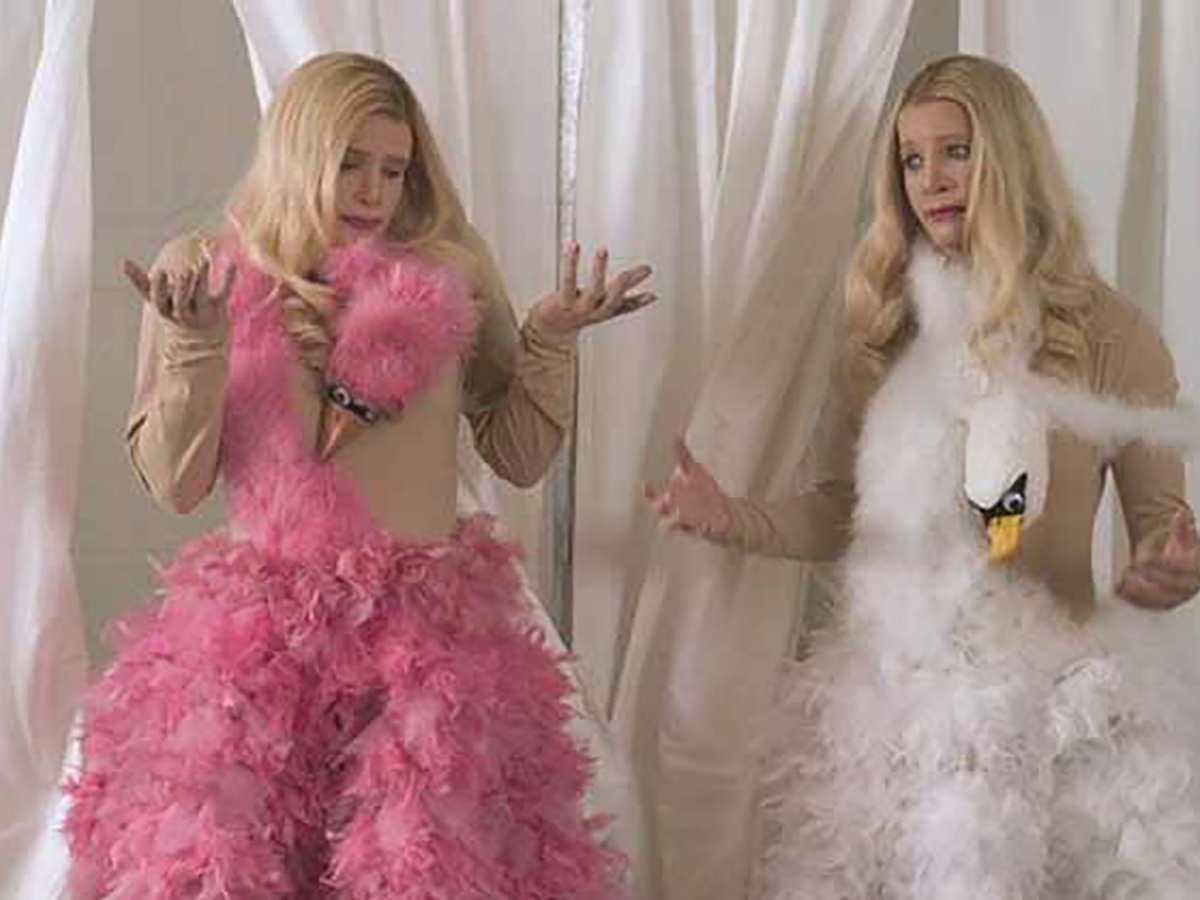
White Chicks is about two black detectives who decide to go undercover as two white chicks, hence the title. The film makes fun of white people, and those who watch it today know that it couldn’t be remade in the same fashion even if it was funny. Which it isn't.
This is another instance where it's not worth watching the film just to stick it to its critics. The movie may be panned for several reasons, but it's also bad for perfectly good reasons too. If we're being honest, there's probably not a comedy from the 2000s that is worth watching for any reason.
The Last Samurai (2003)
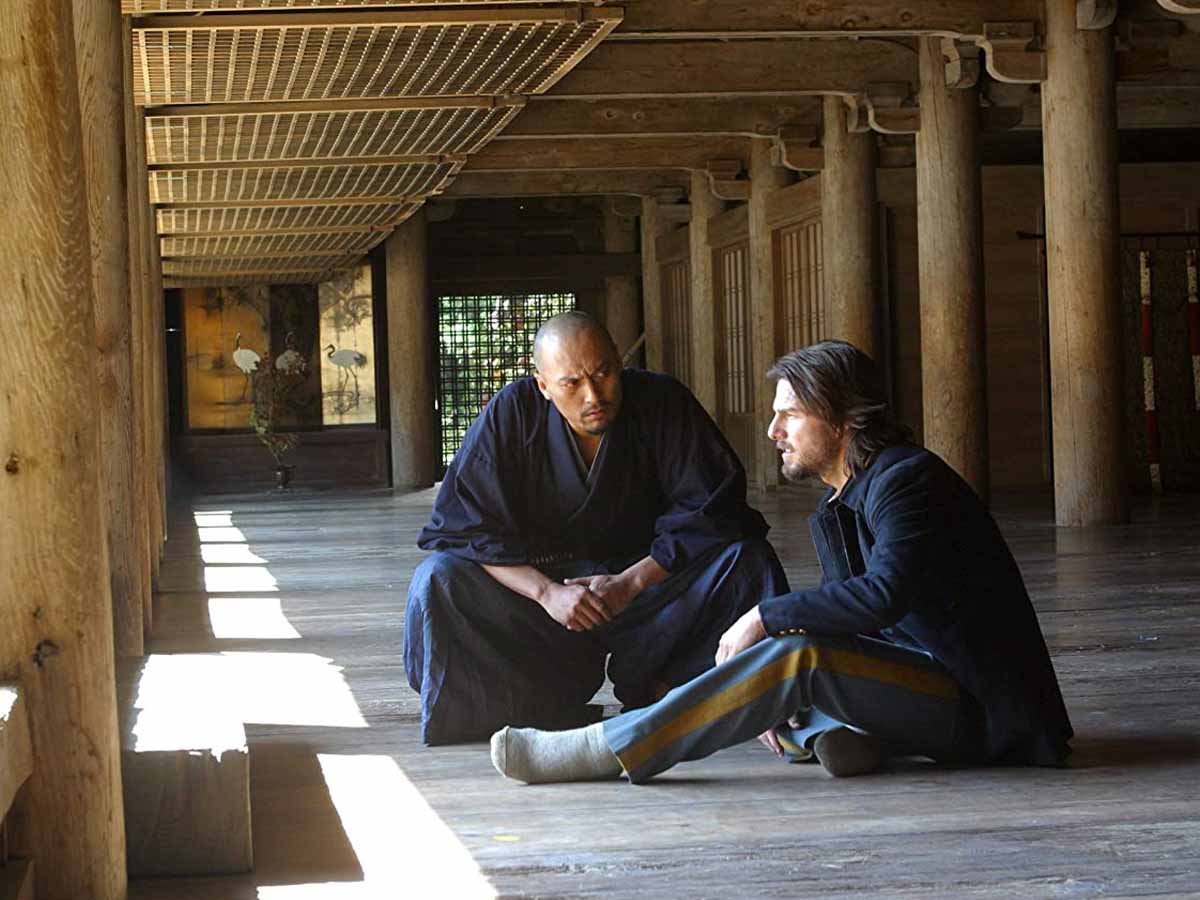
In this film, Tom Cruise plays a washed-up, sloshed ex-military who had no purpose in life until a clan took him in. He then lays himself on the line to preserve the Samurai way of life. Mhm. Sure. An American is cast in the central role as a savior, and it’s historically inaccurate. It isn’t as bad as some of the others on the list, but it’s still pretty bad.
Despite everything that's wrong with the film, The Last Samurai managed to rack up an impressive four Academy Award nominations, as well as three from the Golden Globes. We're not sure how the academy didn't see what we see, but they didn't. Plenty of people weren't happy that it was in the spotlight for so long, but it's bad enough that we can finally forget it.
Basic Instinct (1992)

Everyone remembers the famous Sharon Stone flash, but there are more reasons this film is incredibly offensive. The portrayal of women and same gender couples upset that community when it released. Even now, Sharon Stone states that she regrets taking the role and states that the scene wasn’t even supposed to be in the film.
Apparently, Sharon Stone regrets the film altogether. The scene that made her most famous wasn't supposed to be shown. The director lied to her and said that it wouldn't make the final cut. Guess that's another thing that can be added to the film, making it one of the worst ones on the list. Poor Sharon...
Breakfast at Tiffany’s (1961)
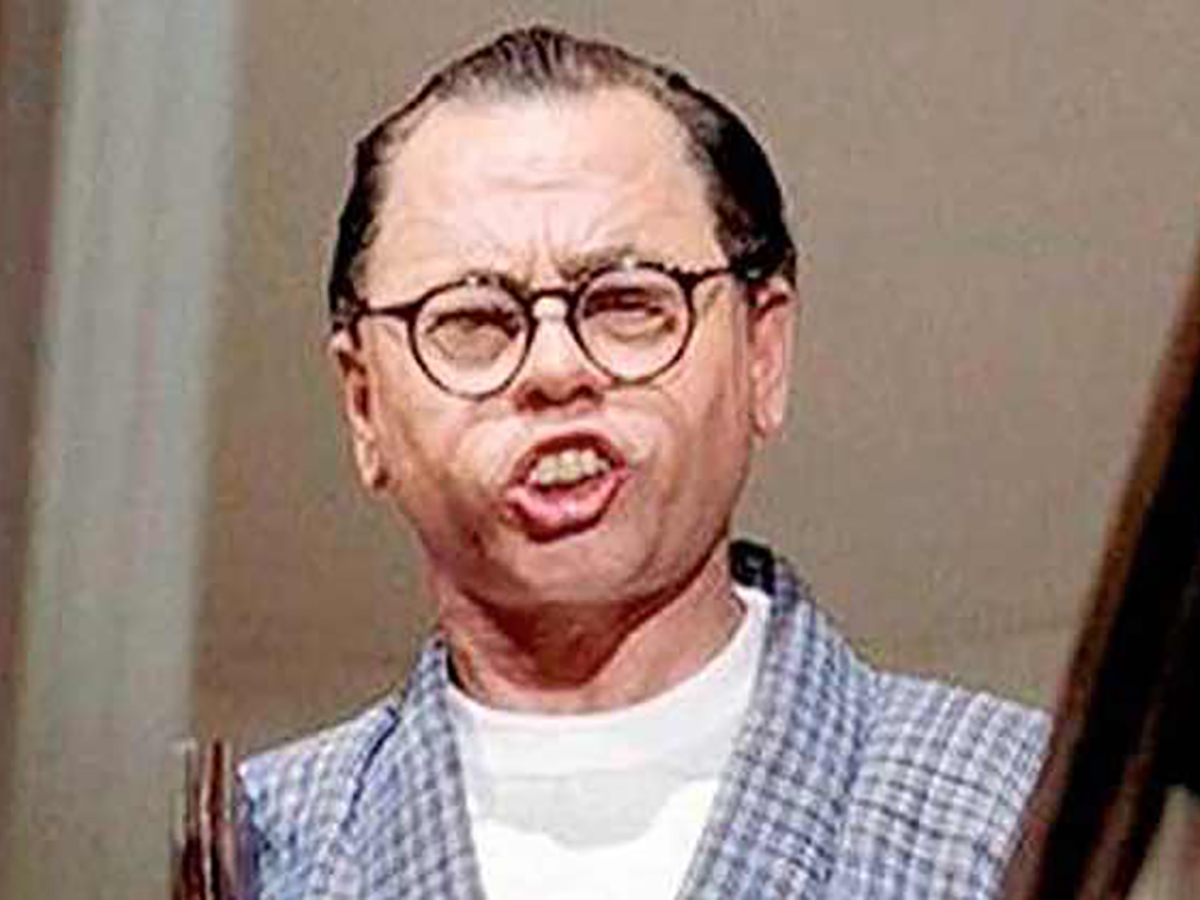
No one is saying that Breakfast at Tiffany’s was a bad movie. On the contrary, it's probably one of the best movies of all time. What wasn’t good was Mickey Rooney’s interpretation of I. Y. Yunioshi. He wore fake teeth and pretended to be a Japanese man. Clearly, this was never going to go well, but they still rolled with it.
As if that wasn't bad enough, he consistently pesters Holly Golightly. The film wouldn't change if they removed him, so why even add the character at all? Asian Americans have had plenty to say on the matter, but it's all fallen on deaf ears. Maybe his scenes will be cut in the future, but only time will tell.
Blazing Saddles (1974)

Blazing Saddles is a little iffy. Something like this would have a hard time releasing in our society today, but it needs to be said that Brooks used every scene to make social commentary on issues society had been debating at the time. If you've seen it, you know what we're talking about.
In his defense, Mel Brooks did collaborate with Richard Pryor, who knew it was going to be a hit. Still, we reiterate that this type of film won’t be gracing our silver screens anytime soon. That being said, many people are still diehard fans of the film, headline-worthy moments and all.
Grease (1978)

Grease is a 1970s musical where John Travolta sings and dances his heart out, all while pretending not to like dudes. The movie gets people going because all musicals rile people up, but some people take umbrage at the relationship between the two main characters.
There were accusations for the way Danny Zuko treats his love interest, Sandy. Apparently, these critics had no personal experience with young love and all the awkwardness and intensity that goes along with it, which sounds about right for someone complaining about a decades-old movie. Leading lady Olivia Newton-John said this about the criticisms: "It was a stage play, it’s a musical, it’s fun. It’s a fun movie musical not to be taken so seriously."
The Producers (1967)
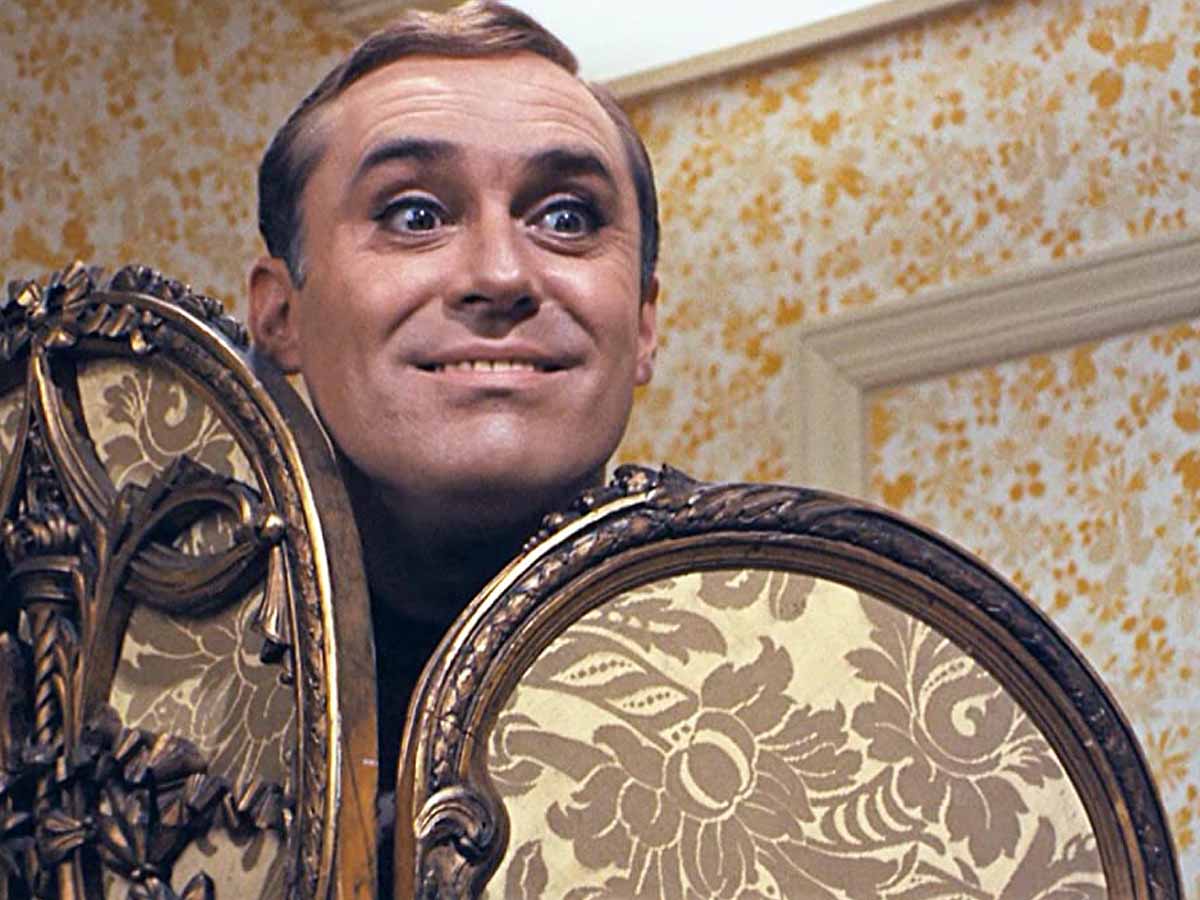
"We're marching to a faster pace / Look out! Here comes the master race." Mel Brooks released his first directed movie, The Producers, just two decades after WWII, and he pulled all the stops. The entire movie is centered around a fictional play called Springtime For.. .lets just say the main villain of WWII, so you can really imagine.
The movie was actually remade in 2005 and starred Matthew Broderick and Nathan Lane. Sure, it wasn't Gene Wilder, but it still had a lot of the essence of the first. They used the same music, but that was 2005. We have movies newer than that on the list, so this was also a "product of its time."
Sixteen Candles (1984)

Sixteen Candles was an '80s classic, but this is the kind of thing that wouldn’t fly today. In the film, a character’s pants are stolen by another, and he trades his super drunk girlfriend in exchange for his pants. Later, the girl is shown as having her dress bunched up in a manner that got everyone questioning.
Despite all the outrage, Sixteen Candles is still considered an iconic example of 1980s teenage movies. The movie has an 84% approval rating on Rotten Tomatoes and is frequently cited as one of director John Hughes' best creations. Seems like all those criticisms ended up being hot air and not the critiques their writers thought they were.
You Only Live Twice (1967)
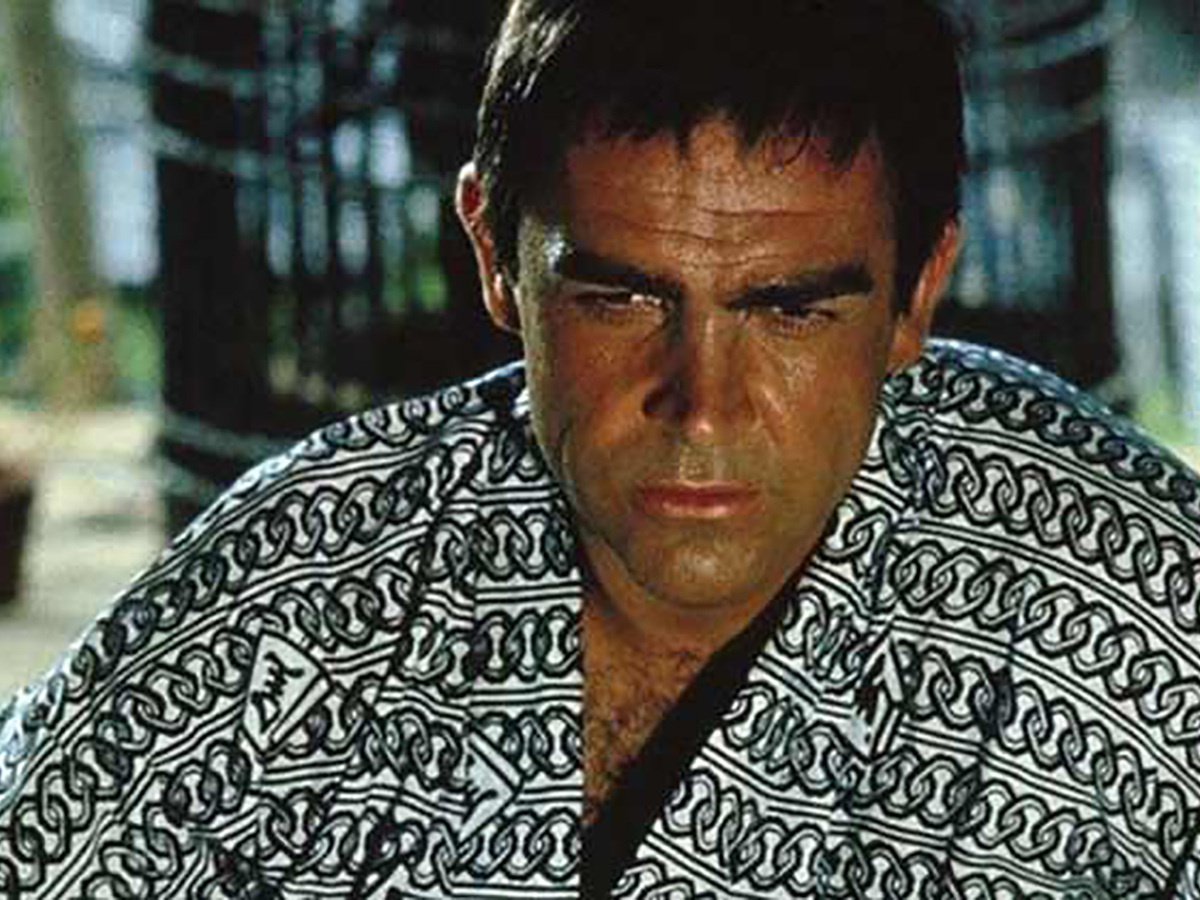
We could list nearly every old James Bond film, but You Only Live Twice is easily the one that belongs here. It features James Bond pretending to be Japanese. It’s an awful portrayal that’s only made worse by Sean Connery affixing artificial eyelids, a jet-black toupee, and bushy eyebrows. Further in the film, you see every Asian stereotype exploited, including ninjas, kimonos, and even women.
On top of that, You Only Live Twice was also incredibly harsh. Approximately 200 people passed in the film (obviously not in real life). It's another reason many people choose not to watch this one, but we're going to assume a lot of people decide Sean Connery goes a bit too far.
Gone with the Wind (1939)
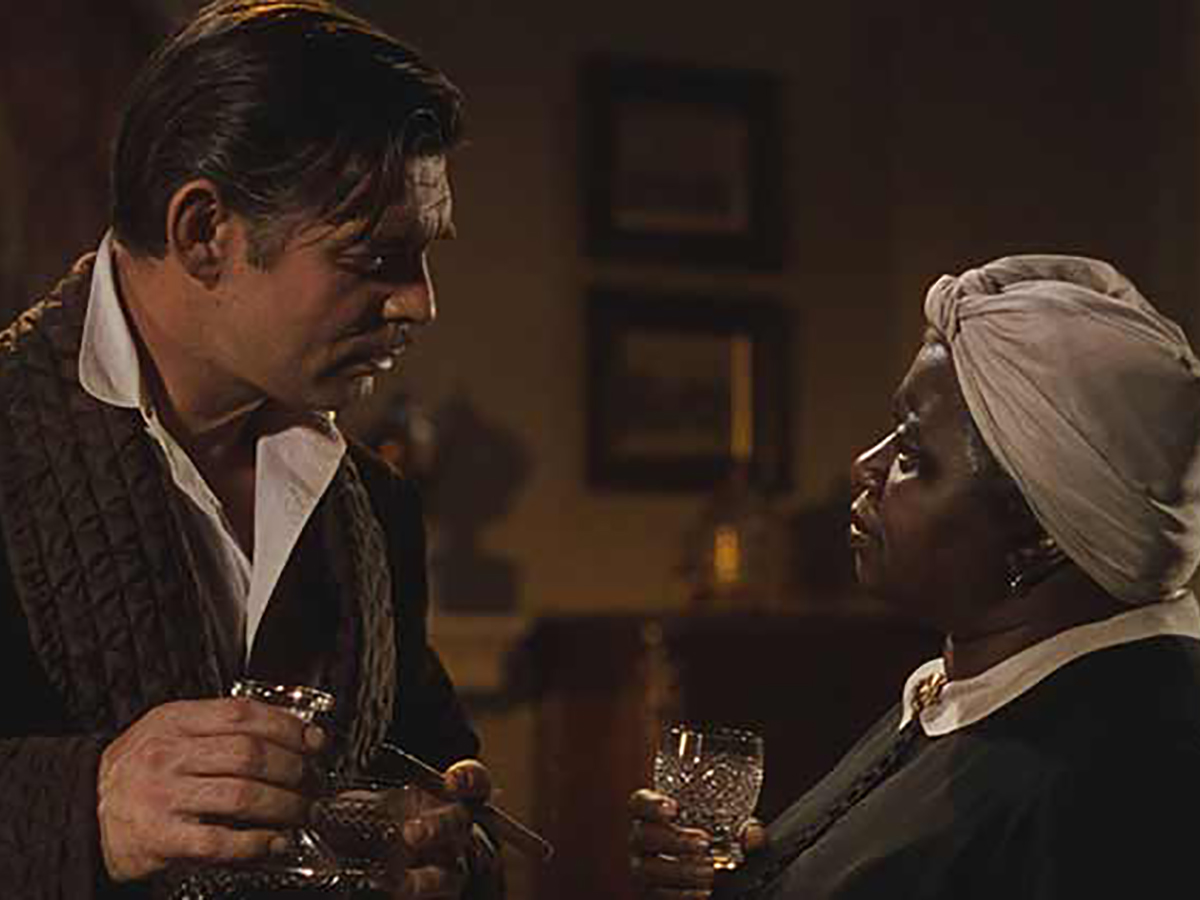
Gone with the Wind is a classic, but many people see it as unacceptable. There are claims that the film creates a fond, nostalgic image of the Antebellum South. At the opening, the plantation is seen as a pleasant place where Mammy and Prissy exemplify the “Happy” stereotype.
However, even if the film was talked about nonstop for its scenes, it still made a splash. All in all, the film received 10 Academy Awards at the Oscars. One of those included a Best Supporting Actress Oscar for Hattie McDaniel in her portrayal of Mammy--making her the first African American to win an Oscar.
The Jerk (1979)

The Jerk is a comedy with Steve Martin playing a man who believes he was born a poor black child in Mississippi. As you can imagine, the character was…less than sensitive. Steve Martin recently did an interview saying that everyone in the film was “treated with such respect.” Regardless, the movie wouldn’t be remade in the same fashion today.
This is another film that could make major headlines today, but it still somehow managed to be a success at the box office. The movie brought in $73 million in the United States and over $100 million worldwide. But even if you ignore the stuff we mentioned here, the film wasn't a hit with critics.
The Toy (1982)
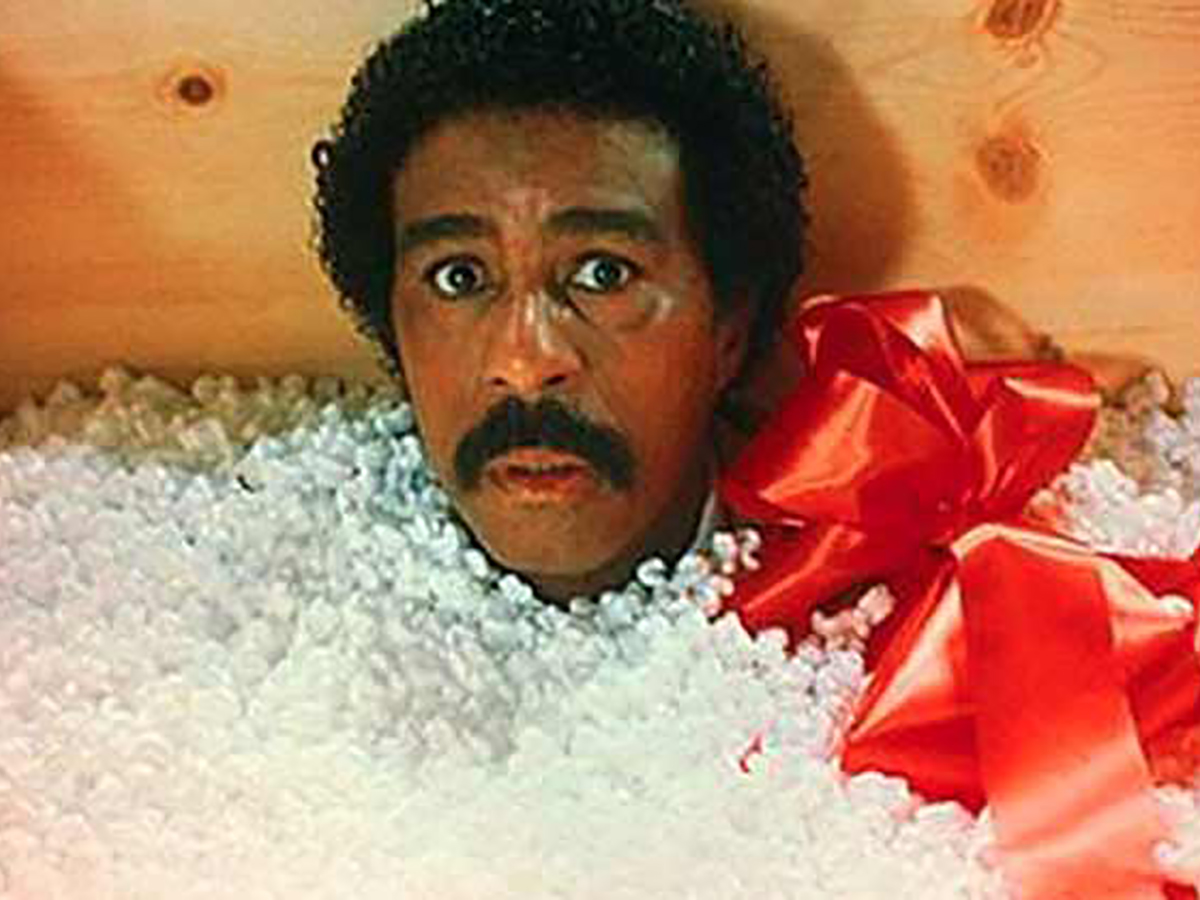
The Toy wasn’t really a hit in its time despite starring Richard Pryor. Today, we’re guessing that there would be plenty of comments due to the premise alone. It’s about a spoiled white boy who picks out a goofy black guy as his new toy. That’s gonna be a no from me.
The film is actually based on another movie. Le Jouet was a 1976 French film that followed basically the same premise as the Richard Pryor version. That being said, neither the French original nor the American remake was terribly successful. Guess the French audiences didn't like that idea much either.
Ace Ventura: Pet Detective (1994)
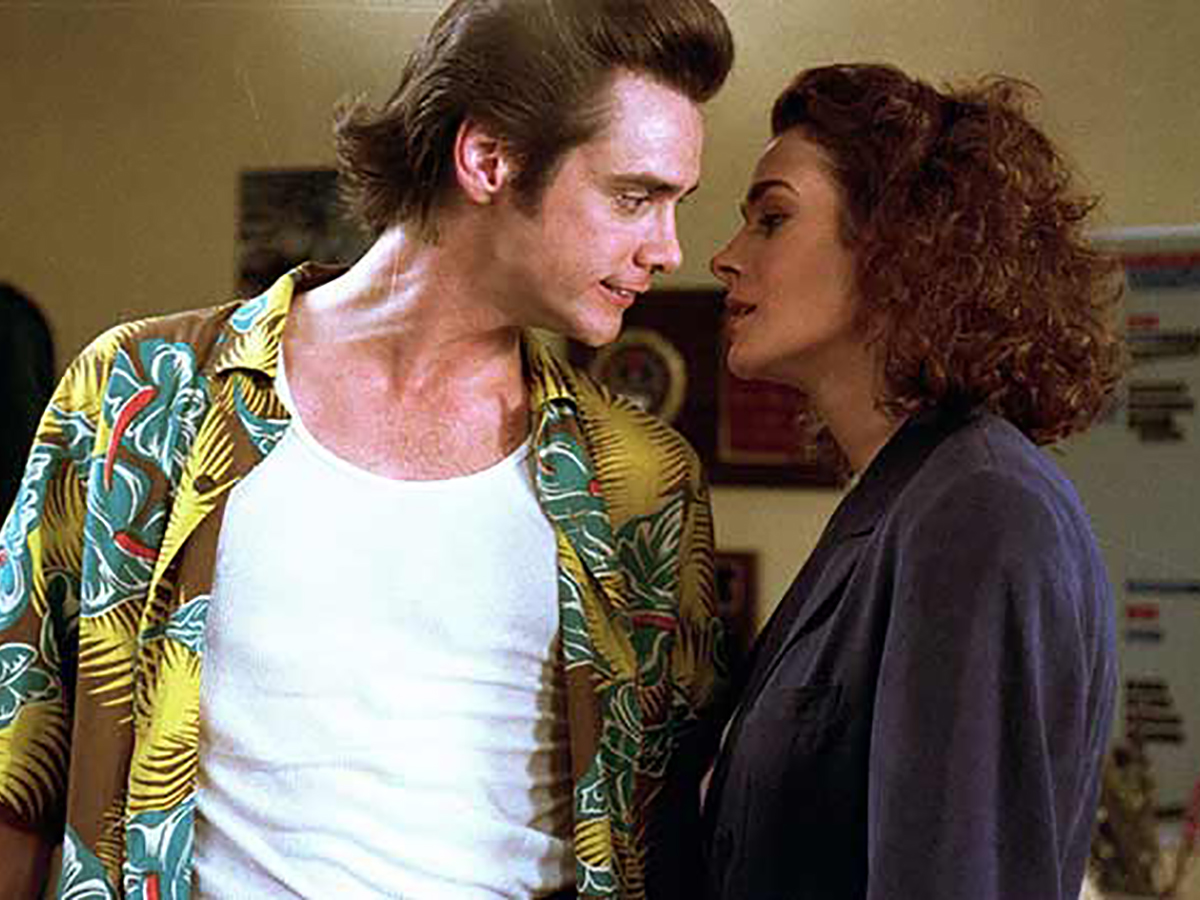
Everyone can admit that the second Ace Ventura is leagues ahead of the first. Part of that could have been due to the story. It’s built around a plotline that is unfavorable to same gender relationships as well as transitioning people. As if that weren't enough, the big reveal has Ace scrubbing his mouth after he realizes he kissed a transitioned woman.
Even if you can look past the stuff that makes this movie un-remakeable, there's plenty more that makes it a movie not worth watching. We'll just leave it at this: Roger Ebert had this to say--"I found the movie a long, unfunny slog through an impenetrable plot." Yeah, that's pretty bad.
Silence of the Lambs (1991)
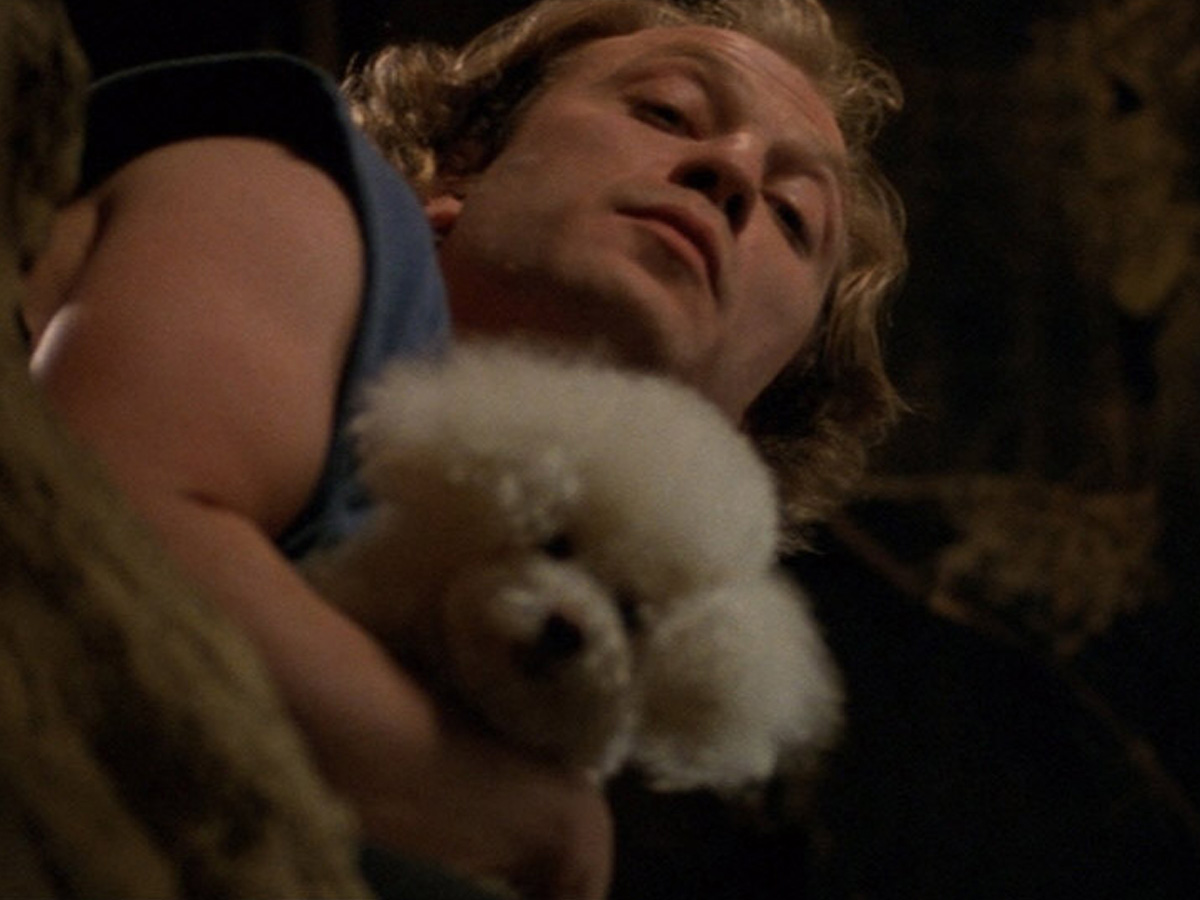
Silence of the Lambs is pretty terrifying, but Buffalo Bill made a lot of people furious (and not because he was such a scary villain that would haunt your dreams). Many people consider the film to be against transitioning individuals because Buffalo Bill portrays a woman. The plot focuses very heavily on this fact, too.
For many, Buffalo Bill was actually the first image of a transitioning person to reach popular media, and it reinforced a lot of things that are considered false by the trans community, including the fact that this is a choice. Hannibal Lector also makes some bad comments that misconstrue facts about this issue.
Planet of the Apes (1968)
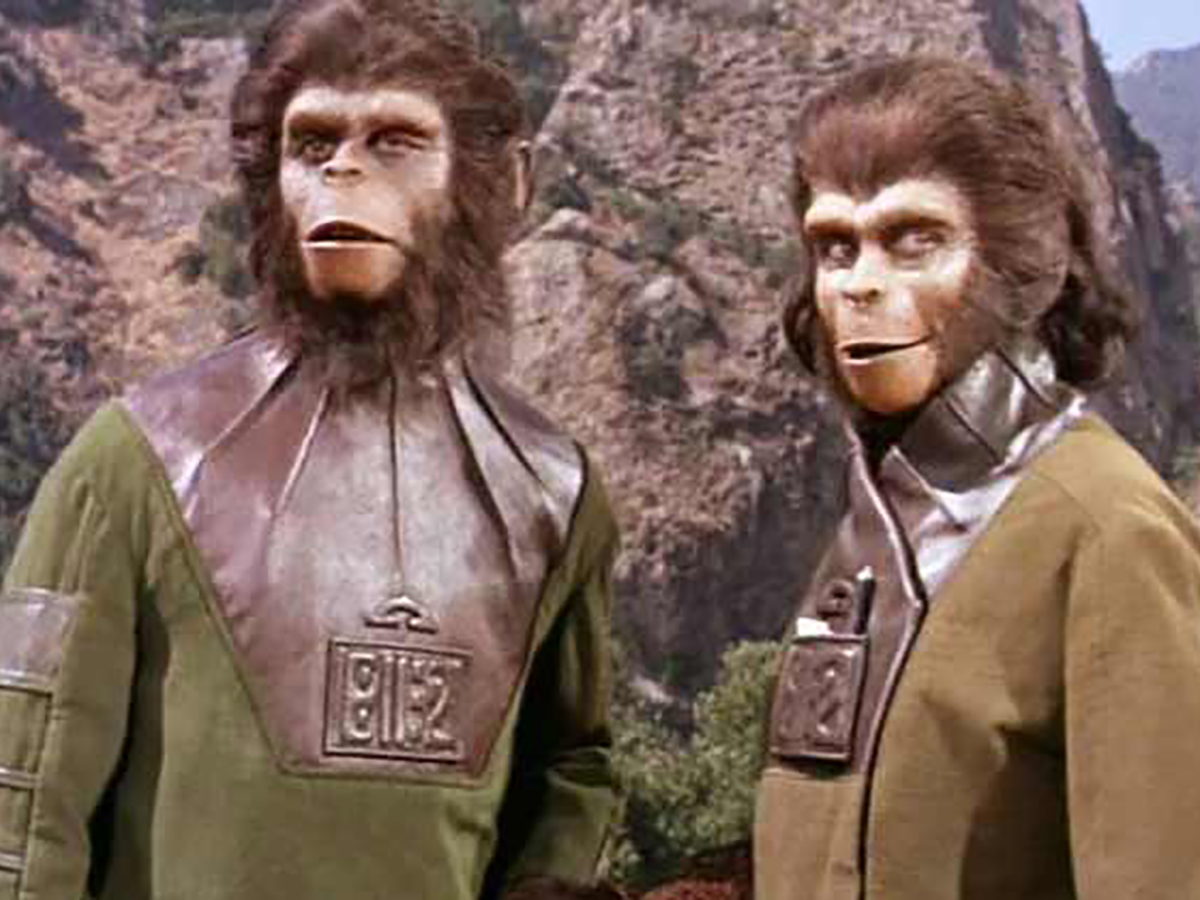
Planet of the Apes is a classic, but it brings up some pretty stark scenes. Throughout the film, we see light-skinned apes commanding dark-skinned apes that seem, which is pretty reminiscent of another time in history. Granted, many people see the movie as an allegory about race and politics.
Many people who adore the film state that it's still worth a watch if you can get past the whole bad aspect of it. That's a pretty big ask, to be honest. Sure, it's a campy sci-fi film that has stood the test of time in many ways, but the race part of it makes it a little hard to watch for those struggling with these issues today.
Transformers: Revenge of the Fallen (2009)

The Transformers films aren’t good, but none are worse than Revenge of the Fallen. This is mostly thanks to the two little stereotypical robots, Mudflap and Skids. The little bots are incredibly bad and fit every stereotype the creators could fit into two characters, including being illiterate and having gold-capped bucked teeth.
We're not exactly gonna encourage you to watch the Transformers franchise because of this huge, glaring reason. Even if you could look past this, they're still incredibly annoying since they never actually shut up. These movies are just plain bad. The first couple? Maybe, but this one? Nah, there's no way anyone could sit through it.
The Passion of the Christ (2004)

The Passion of the Christ was made by Mel Gibson, a man who isn’t shy about making headlines in a bad way. What made this film such a problem was the amount of suffering and how long they spent on it all. There are ridiculously detailed scenes that make audiences turn away.
It was later accused of being against Jewish people by film critics because Jewish characters are depicted in an “extremely unflattering light,” according to the Anti-Defamation League. The movie has now been locked away in its own little special category of "bad." Hopefully, it'll never see the light again. Mel Gibson already had a bad rep, and this didn't really help.
Bruno (2009)
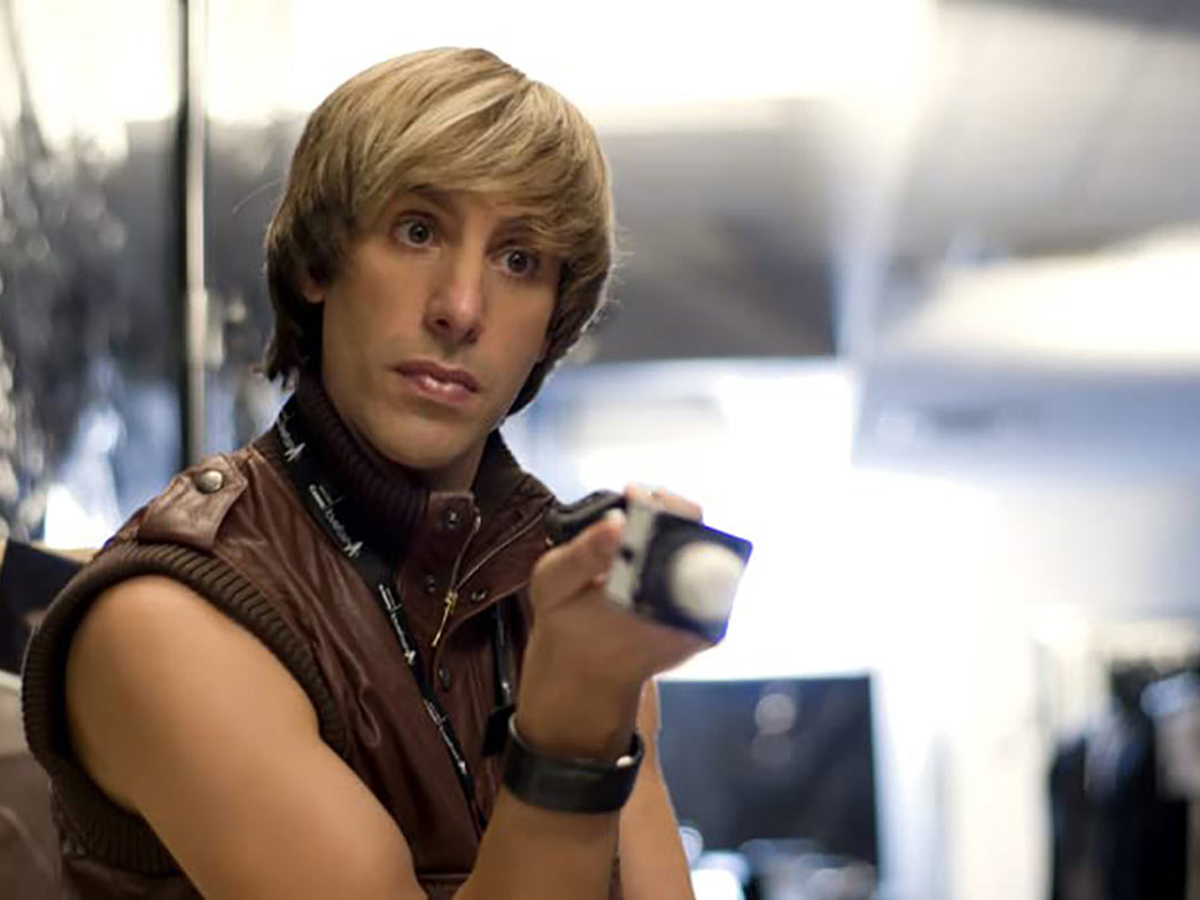
Sacha Baron Cohen has earned an infamous reputation for his bizarre films. Bruno took this to a whole new level. The film received an NC-17 rating due to its detailed scenes and raunchy jokes. Ukraine banned the film completely, and an Austrian ambassador warned the general public to stay away, far away.
This one really helped to unite people from all walks of life. Some hated the detailed aspect of it, and others hated the alleged stereotypes of the titular character. Who knew that Bruno would bring together such strange bedfellows? Regardless, this isn't Cohen's best work by any stretch of the imagination.
Dogma (1999)

Kevin Smith was known for his vast usage of fart jokes and innuendos, but Dogma was so bad that it made heads spin, and your grandma probably gasped (we're just assuming). The film offended the entire Catholic community for its religious satire. But honestly, what doesn't offend the Catholics?
The film revolves around a couple of fallen angels who are trying to sneak their way back into heaven after being cast out by God--who happens to be a woman. That's some truly disturbing stuff, apparently. This movie is largely forgotten today, but it was clearly a heated subject at the time.
I Spit On Your Grave (1978)
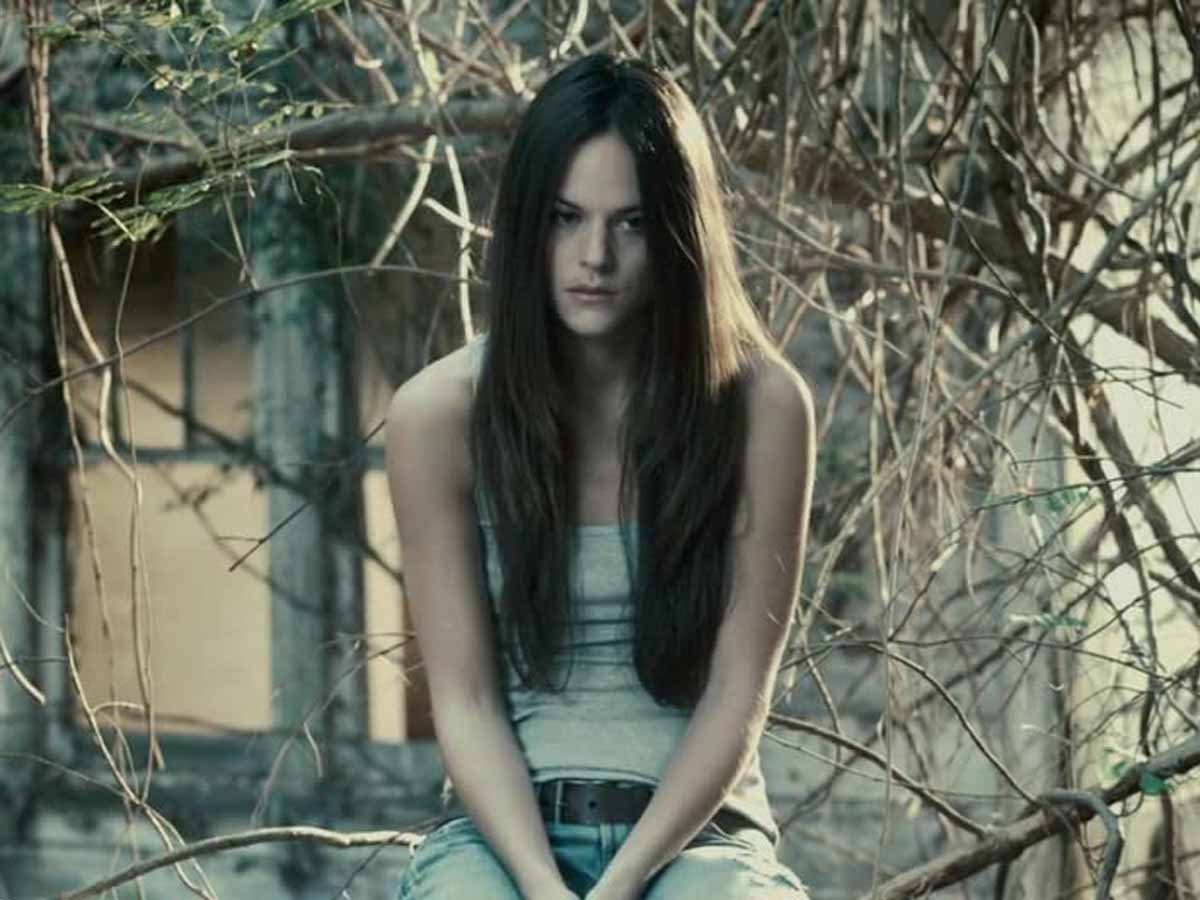
The '70s were a time of expression, and that was pretty clear in their movies. The original I Spit On Your Grave from 1978 had plenty of scenes that weren't for the squeamish stomach, but that isn’t what lands it on this list. It’s that one scene that lasts for a ridiculous amount of time, and the second half of the film is filled with detailed scenes for revenge.
No one can say it's one of the most well-made horror films in history. It was created for shock value, but there's a clear line between that and going too far. It wasn't like we went into the movie thinking this wasn't going to be that bad, but there's no reason to continuously do this kind of stuff.
Sausage Party (2016)
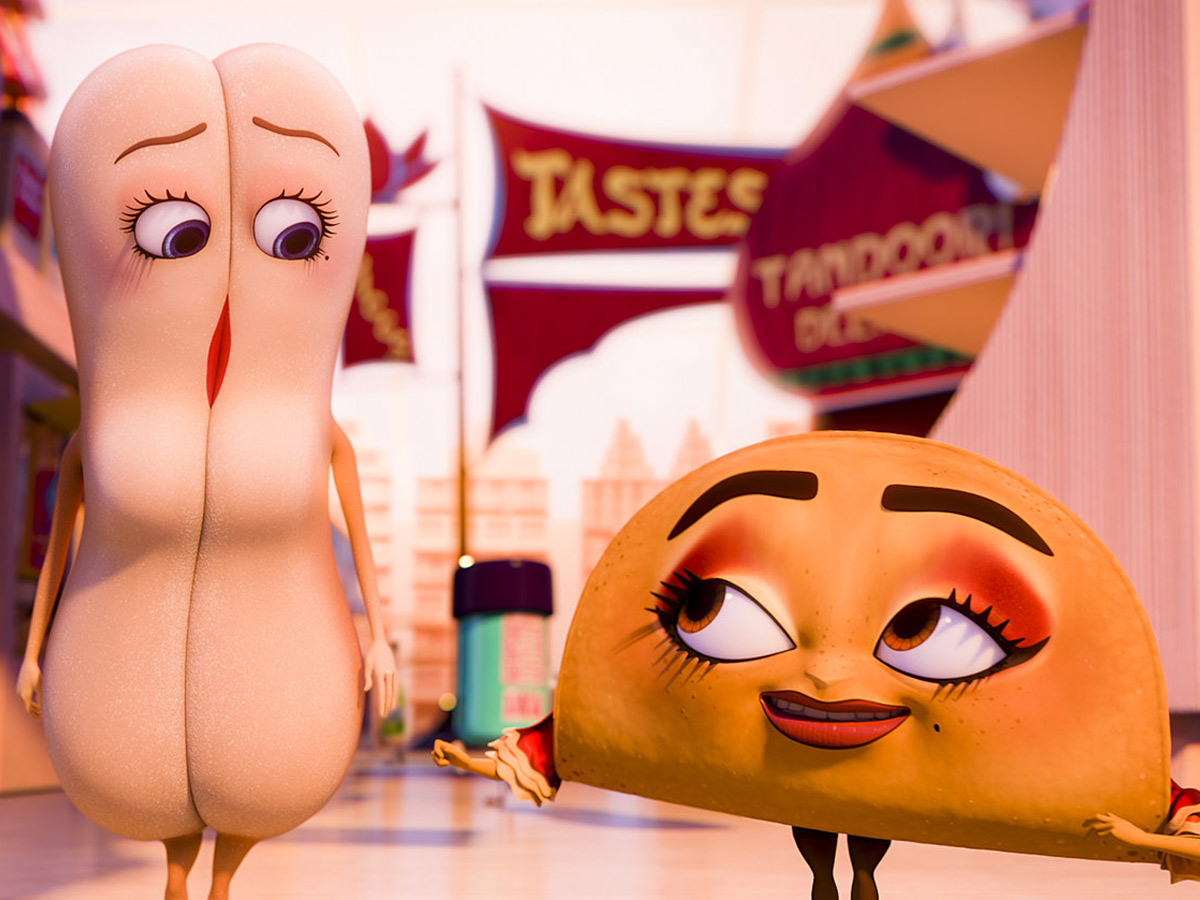
Sausage Party literally had audiences rolling when it premiered in 2016. The film was highly controversial due to its nature and indiscriminate roasting of every type of person in existence. If you easily get riled up, this is probably one movie that you're going to want to avoid.
It's no surprise that this film is a Seth Rogan movie. It perfectly encapsulates everything that he finds hilarious. Apparently, critics also enjoyed it (and audiences). It's definitely funny, but it does have a myriad of potty humor. Basically, if you've seen any Seth Rogan film (and enjoyed it), you'll probably like this one too.
Knocked Up (2007)
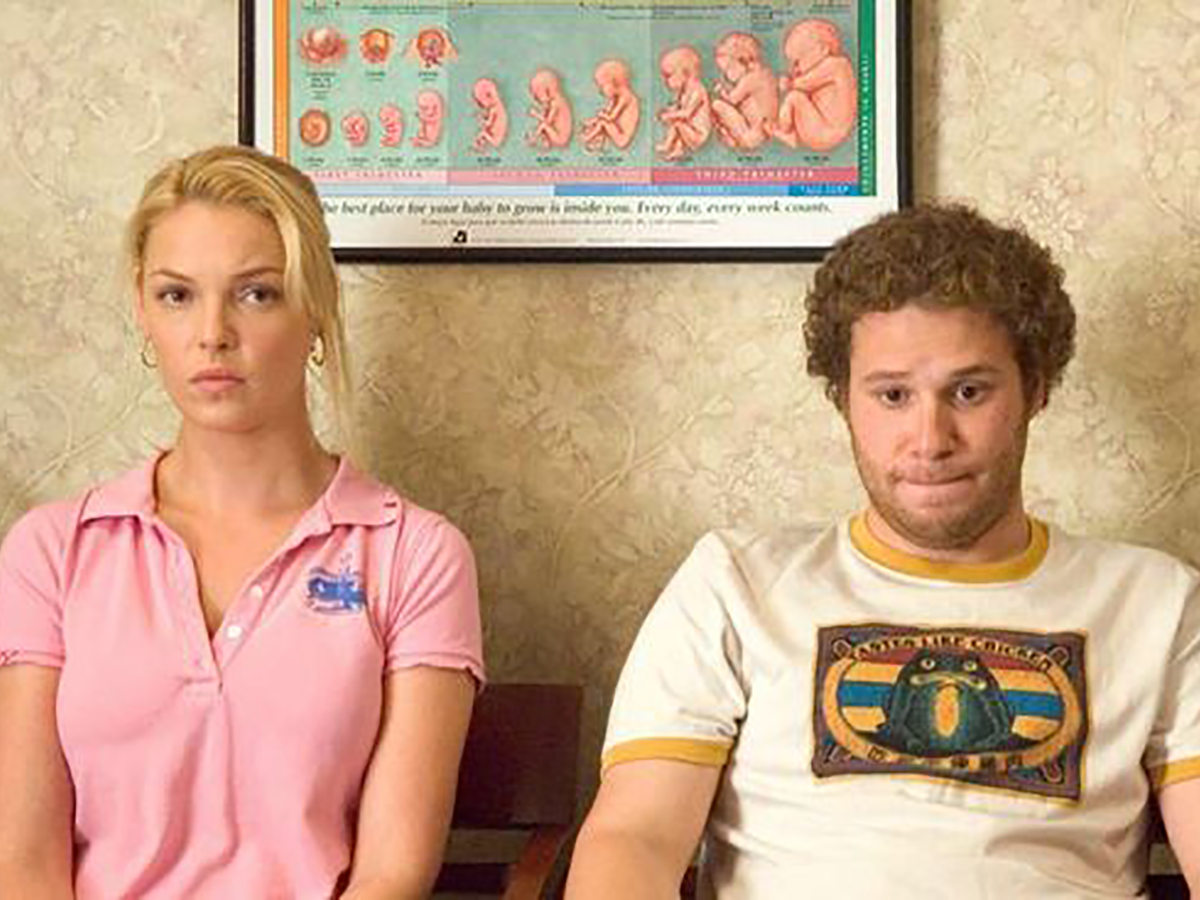
Knocked Up pokes fun at the extremely sensitive topic of accidental pregnancy. Seth Rogan’s character, Ben Stone, gets a total wake-up call and loses his party-animal lifestyle as he tries to be a father. As much as we want to hate this Rogan/Apatow movie, it did very well commercially and with the critics.
Looking back now, we can see that there is some stuff wrong about it. Katherine Heigl came out and called the film, and that absolutely smeared her career. It's true, though. It paints women as shrews, humorless, and uptight. Men are allowed to be children, while the woman must be the adult in the situation. Yeah, that's totally fair.
The Birth of a Nation (1915)

The Birth of a Nation is a movie that's infuriating and beautiful, unseemly, and cutting edge. It's a silent film, that, at the time of its release in 1915, was truly ahead of its time. Director D.W. Griffith pioneered movie techniques that revolutionized the entire field. It's also a movie that undeniably paints certainly people in a negative light.
Split into two parts, The Birth of a Nation begins with the buildup to the Civil War and includes a truly massive and impressive scene on the battlefield. Part two, which explores Reconstruction, is where the movie really goes off the rails. Many of the black characters are portrayed by actors in darker paint, and all are portrayed as uncivilized and aggressive.
Manhattan (1979)

The media is currently having a blast hating on Woody Allen, but even if Allen bashing hadn't become a national pastime and people still loved the filmmaker, Manhattan would still undeniably raise some eyebrows. The movie is full of classic Woody Allen's self-deprecation and love for New York. The only problem? The 17-year-old love interest.
Mariel Hemingway plays Allen's teenage love interest, and at the time of its release, no one really batted an eye at this storyline. However, decades later, very loud voices decided this was unacceptable. Apparently, they all developed collective amnesia as to the fact that older men dating younger women is something that has happened throughout literally all of history.
Kids (1995)
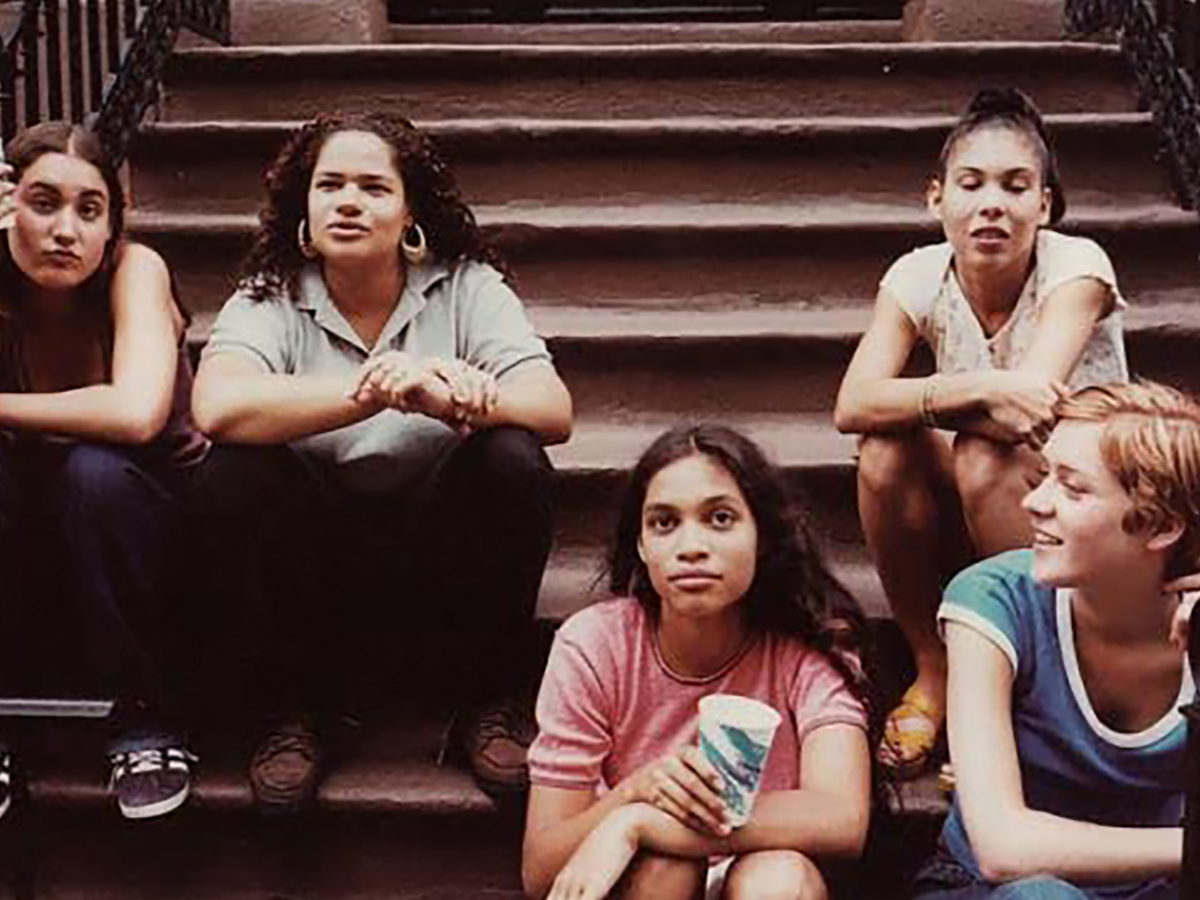
Kids is a coming-of-age story filled to the brim with things society regularly discusses. One reviewer aptly described it as "Lord of the Flies with skateboards, nitrous oxide, and hip-hop." Its fans said that the film was art to the highest degree, while its critics deemed it to be something else entirely.
The main complaint about the film seems to be that it doesn't have some sort of grand message or moral about all the sad things that take place in the plot. Apparently, these viewers needed someone to tell them what to think about the film instead of trying to make sense of it for themselves.
The Last Temptation of Christ (1988)

These days, many of the most vocal citizens are of the secular, woke variety, but they're basically still just infants in the culture wars. Christians have been going apoplectic about "offensive" films for decades at this point. And The Last Temptation of Christ really and truly got their pants in a wad.
The film, starring Willem Dafoe as Jesus Christ, is only loosely based on the accounts found in the Christian Bible. Imagine a lot less parables and a lot more tension between Jesus and Mary Magdalene. Some people found the film so bad that they actually set fire to a Paris movie theater screening the film.
Love Guru (2008)
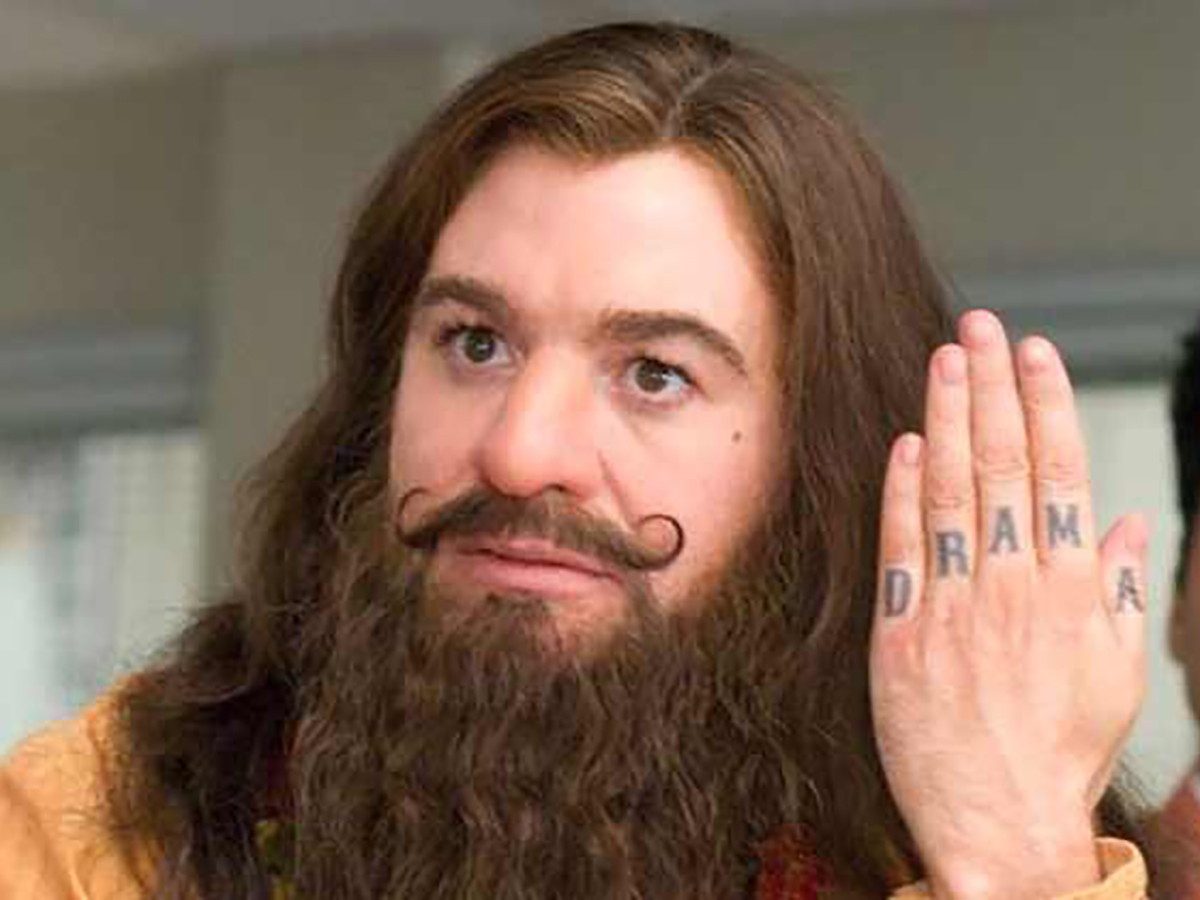
As you can imagine, a movie about a white Canadian portraying an Indian guru of love wasn’t exactly sensitive. For some people, it was so chock-full of Indian caricatures that it was “downright unfunny.” Along with that, some other issues include the cringy accents, elephant "intimacy," and Sir Ben Kingsley who plays a guru by the name of “Tugginmypudha.”
On top of that, the movie is a great example of Mike Myers trying way too hard to be funny. Honestly, he should personally apologize to anyone that was involved in the film, especially Sir Ben Kingsley. He's been in some questionable stuff, but that doesn't mean he's a bad actor.
A Clockwork Orange (1972)
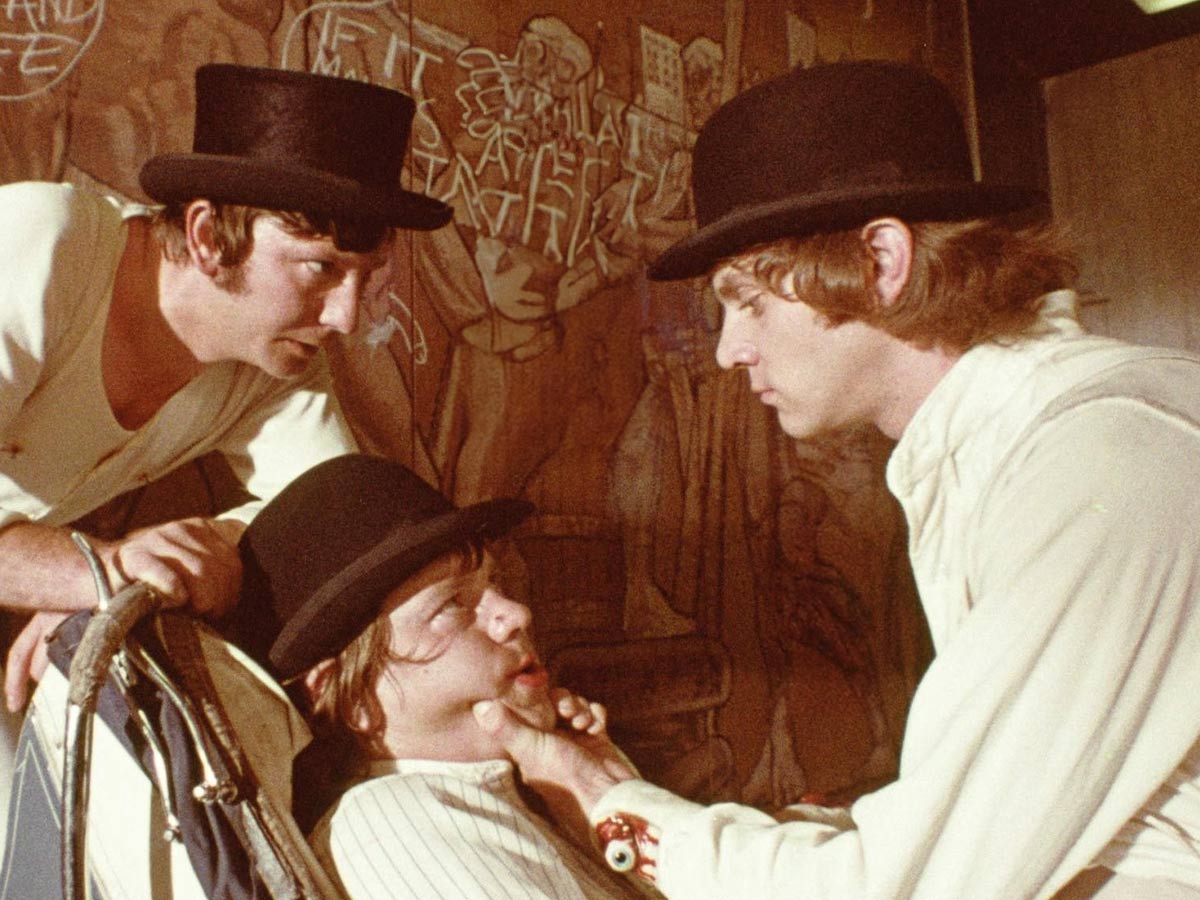
A Clockwork Orange is a movie where the super fans are just as bad as those who really dislike it. Both sides of this debate think the movie is disputable beyond belief--they're just in disagreement about whether this is a good thing or a bad thing. I think it's best to just leave them alone to duke it out so that they're not bothering normal people with their Clockwork Orange hot takes.
Most of the problems surrounding this film stem from a scene near the beginning that turned stomachs. It was considered bad enough that the movie was actually withdrawn from screening in Great Britain, and it had to be edited down in order to not receive an adult rating in the United States.
Song of the South (1946)
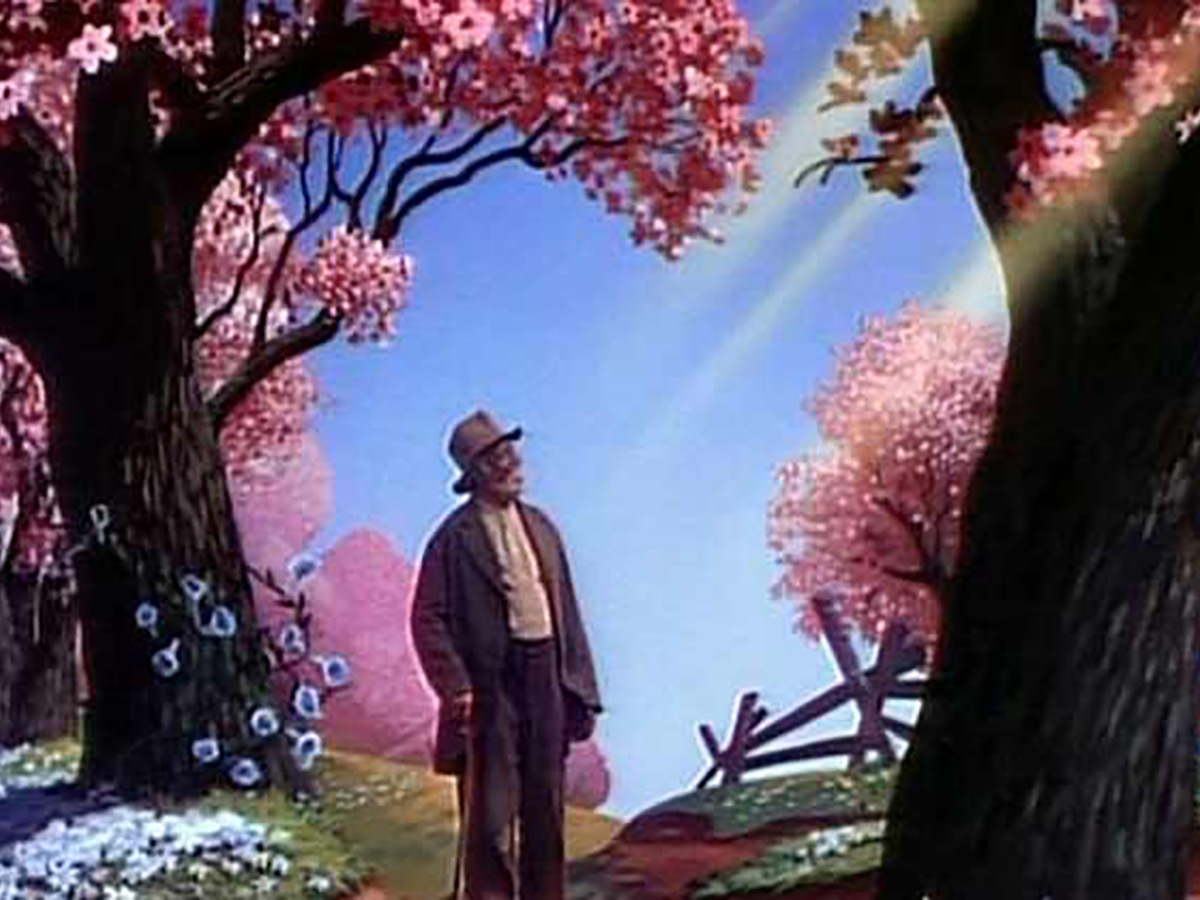
We all knew that Song of the South was going to be on this list. It’s easily one of Disney’s most insensitive pieces. There are many issues with this film, but the worst is the cheerful attitudes about the characters’ social status. This film is certainly a product of its time, and we’re guessing Disney won’t release the DVD from “The Vault.”
About the only good thing you can say about this movie is that it seamlessly blended together real-life and animation. Something like this wouldn't come along until much, much later. Today, Cool World and Who Framed Roger Rabbit are credited for this achievement. That doesn't mean we can excuse the whole Uncle Remus aspect, though.
Shallow Hal (2001)

Shallow Hal follows the titular character (played by Jack Black) as he is hypnotized into falling in love with a severely heavy set woman, who he can only see as drop-dead gorgeous. If that wasn't bad enough for you, just wait until you hear this--Gwenyth Paltrow was cast to play the fat woman.
Easily upset people obviously took great umbrage at the basically nonstop barrage of fat jokes in the film, but their feelings may be misplaced. The fat jokes aren't the worse part -- it's that they ruined a perfectly good Jack Black appearance by pairing him up with someone as dreadful as Paltrow.
Dumbo (1941)
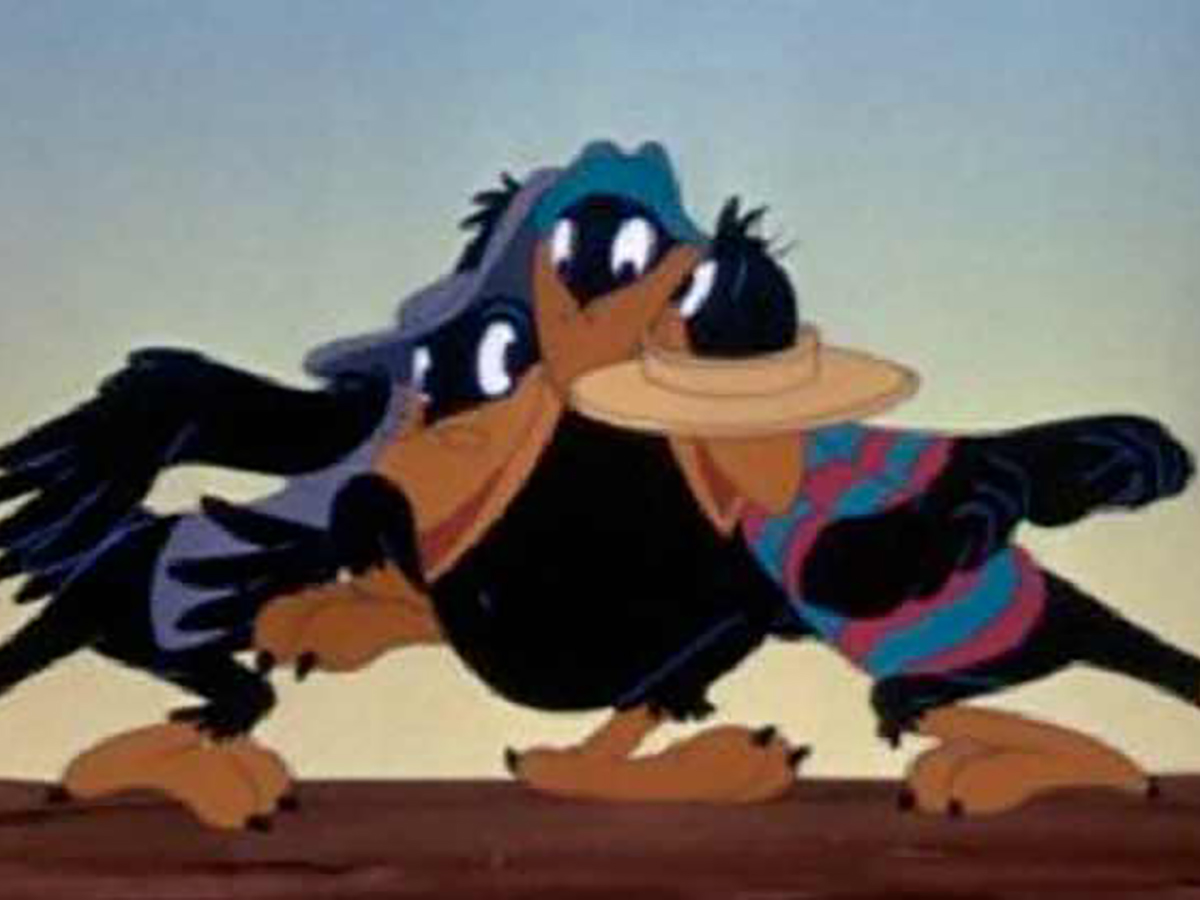
Dumbo is a classic Disney movie that has some questionable content that goes a little far...at least, it does now. Remember the crows? When the movie was made, prejudice was still running rampant, but this film couldn't be remade in the same way today. The crows represent this as they talk in “jive.”
Even the main crow is named Jim Crow! Disney is planning a remake, but we're guessing the crows won't show up. The crows represent this in several ways other than the way he speaks. It's easy to say that this film definitely is a no-go the way it is. Sorry, Disney.
Mother (2017)

Darren Aronofsky's Mother has a twist metaphor that's so heavy-handed it's nearly impossible to not see it coming from a mile away. Jennifer Lawrence, playing the titular mother, is meant to represent Mother Earth and how we constantly mistreat her. It's some seriously deep stuff...if you're living in a college dorm room.
However, once again, it had all the critics of this movie up in arms. They just couldn't quite grasp this gigantic and blatant metaphor being shoved in their faces. All they saw was Lawrence's character being mistreated. Guess they didn't catch the subtleties in it.
Freaks (1932)
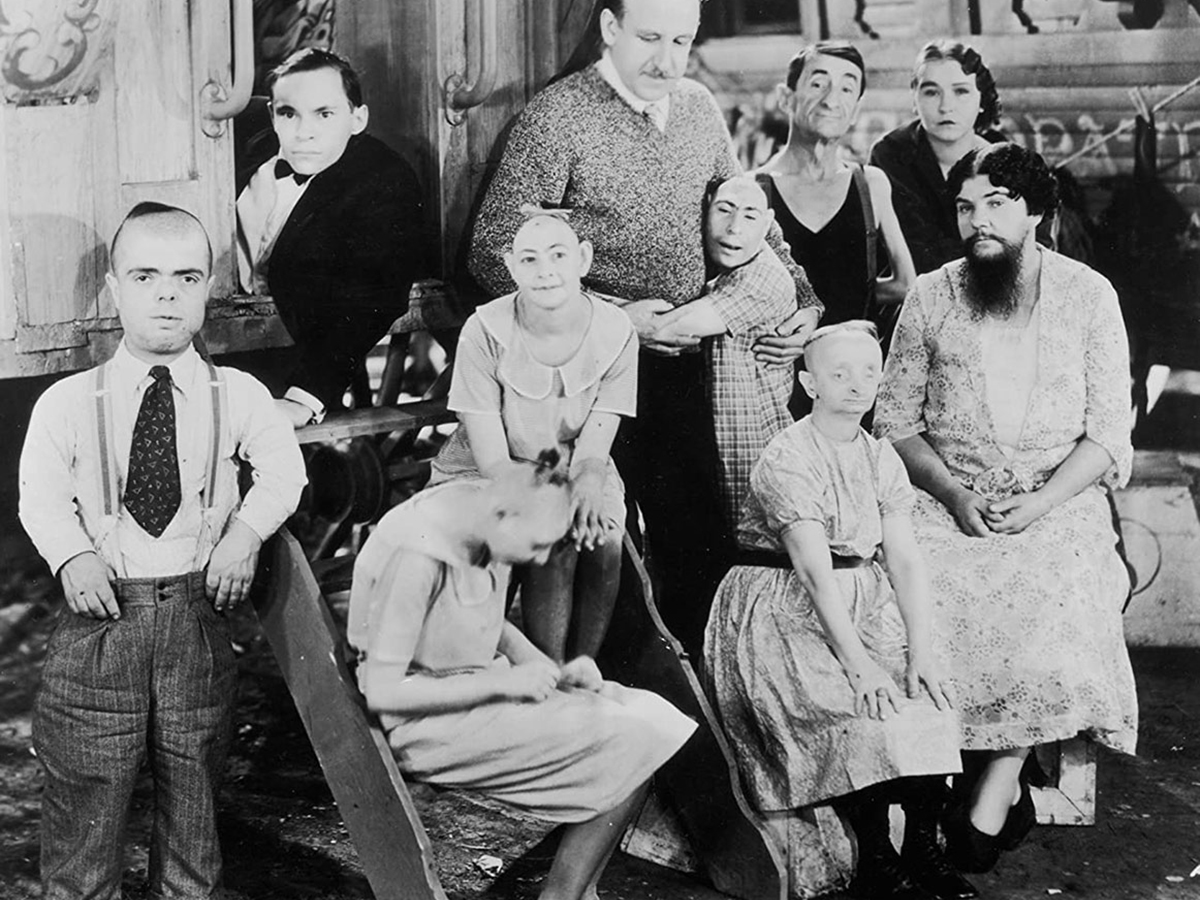
Freaks is a 1932 film about a circus performer who plans to take out (and not in a good way) one of her fellow performers in order to get her hands on his inheritance money. Even at the time of its release, Freaks raised quite a few eyebrows, and it seems like the response to it has only grown more polarized as the years have passed.
Most of the comments center around the fact that the film cast several people who were real performers in circus freak shows. These included a bearded lady, an "armless wonder", and Siamese twins. Critics of the film claim that the presence of these performers was the filmmakers taking advantage of these people. Fans of the film point out that within the movie, the performers are treated just like everyone else.
Beyond the Valley of the Dolls (1970)
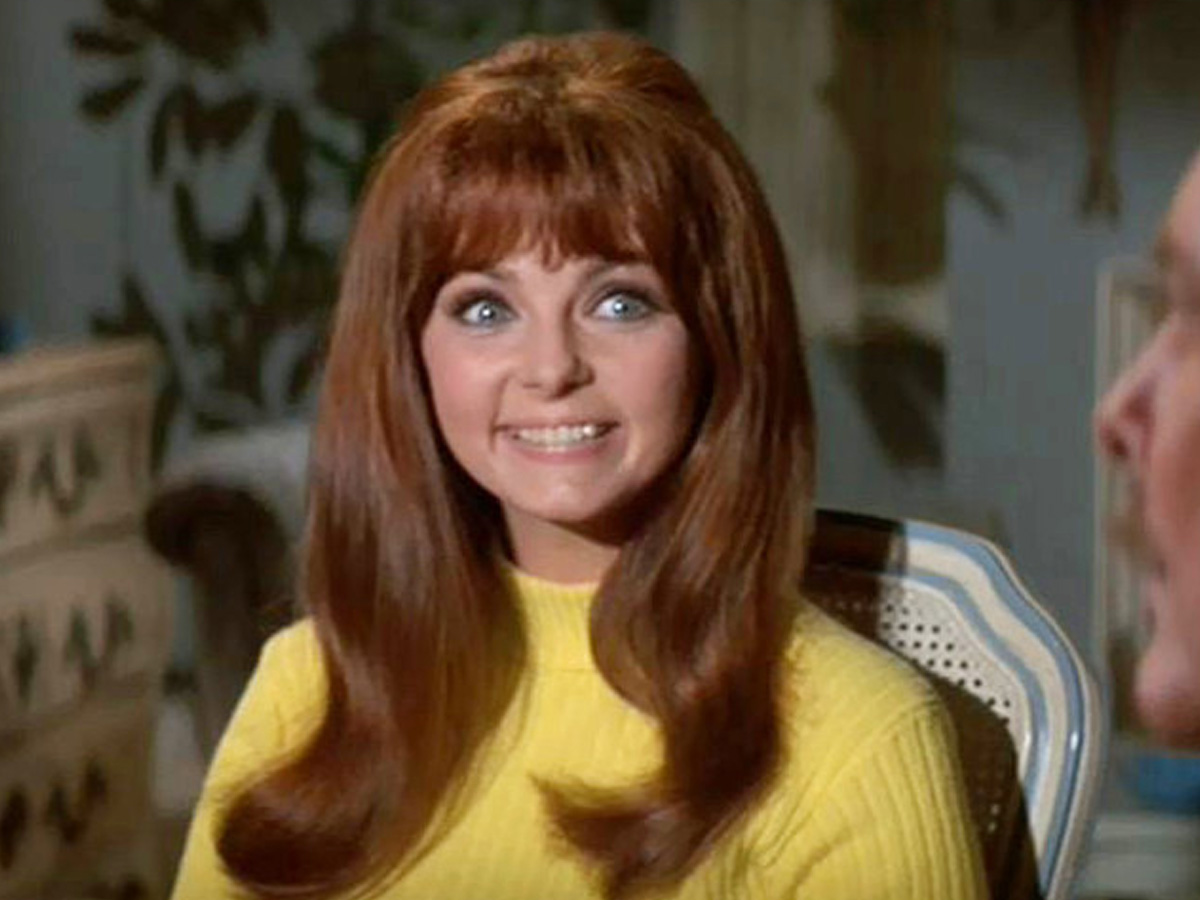
Beyond the Valley of the Dolls is the sequel-in-name-only cult classic to the equally cult classic Valley of the Dolls. This satirical, meta-dramedy has it all--a wild '70s vibe, a disorienting plot, and probably the best movie soundtrack of all time. The movie has such a legacy that there are numerous word-for-word quotations from the script in the Austin Powers series.
For years, people were largely content to love this campy classic for the hot mess it is. However, in recent years, people have started to take umbrage at the fact that the movie's villain (and most quotable character) is actually a woman in drag. His/her over-the-top spree at the end of the film is therefore bad in all the wrong ways
Heavenly Creatures (1994)
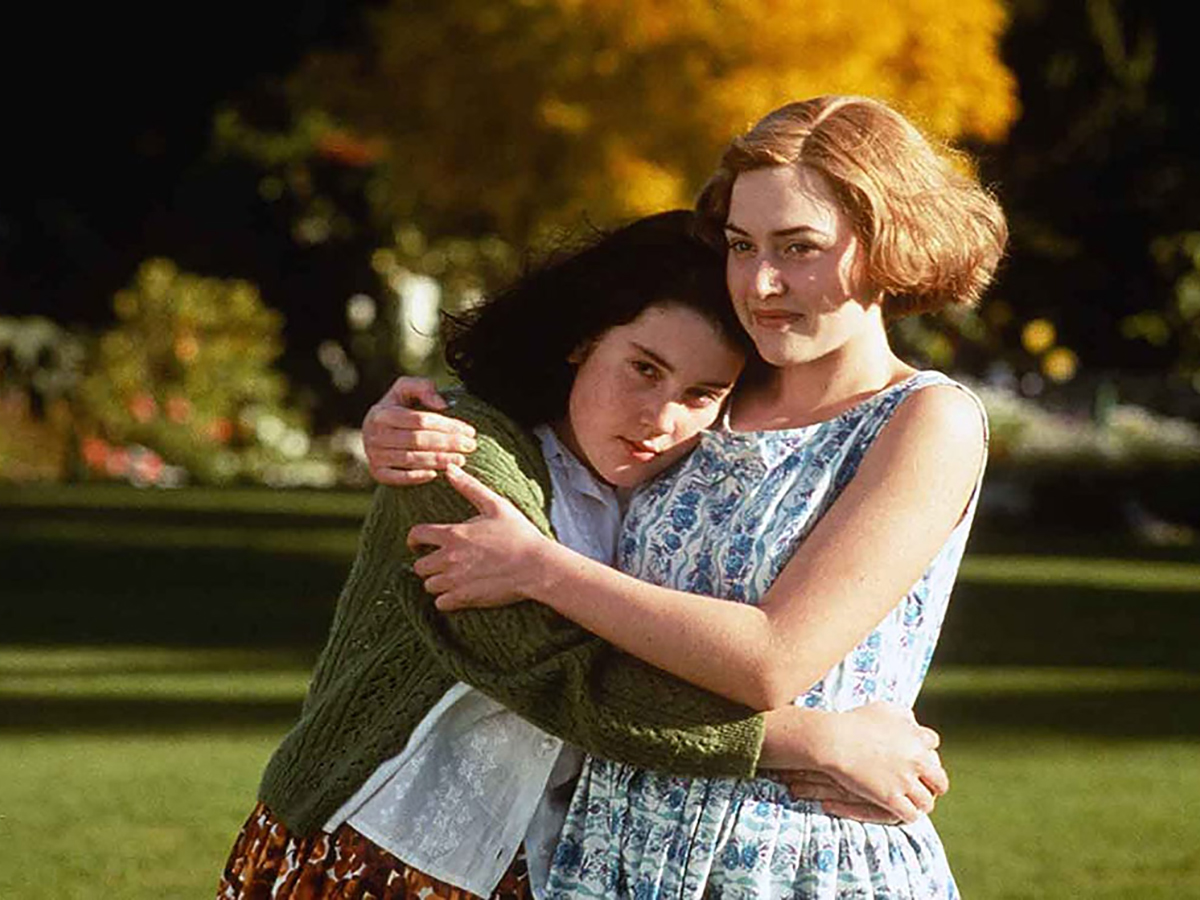
1994's Heavenly Creatures marked the movie debut of then-budding actress Kate Winslet. In it, she and Melanie Lynskey play a pair of teenage girls with one of the most disturbing relationships ever shown on screen. When their parents do everything in their power to keep them apart, the girls fight back and end up offing one of their mothers.
So why do people have objections to this one? Probably because it was based on a real-life case in New Zealand, where two teenage girls did actually off one of their mothers. Any time a true crime is portrayed in a fictional setting, there's always someone there to claim it's sensationalizing or glorifying this type of behavior.
The Mask of Fu Manchu (1932)
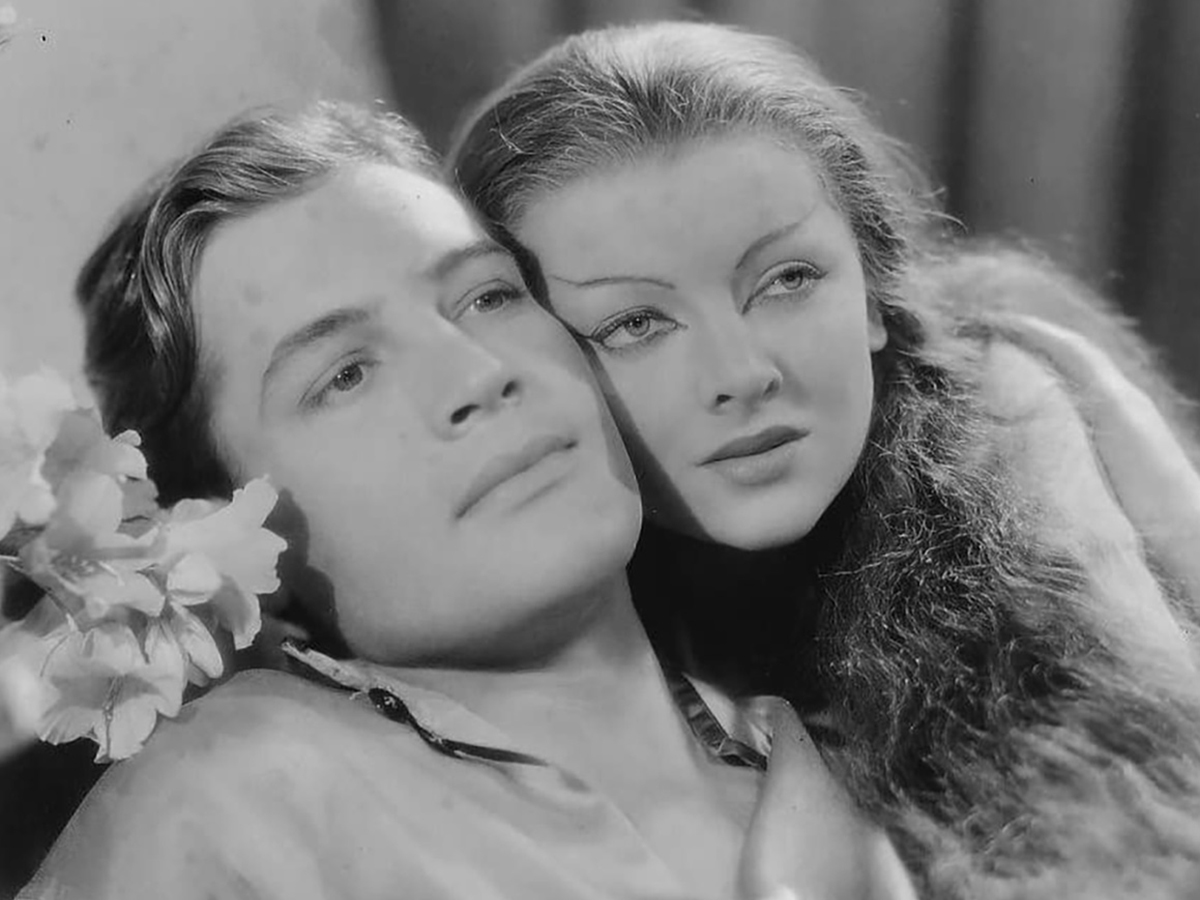
The Mask of Fu Manchu was released all the way back in 1932, and it's been upsetting audiences ever since. Based on the novel of the same name, the movie follows Fu Manchu as he embarks on an adventure to find the golden sword and mask that once belonged to Genghis Khan.
After its release, it was criticized by the Chinese government claiming that it made Chinese people look bad. In particular, they got upset at the line where Fu Manchu said to harm "the white man and take his women!" Over the years, numerous groups have basically had the same complaint, although, these days, you're likely to see people also iffy at the fact that Boris Karloff (an Englishman) is playing the Chinese (and fictional) Fu Manchu.
Star Wars: The Phantom Menace (1999)
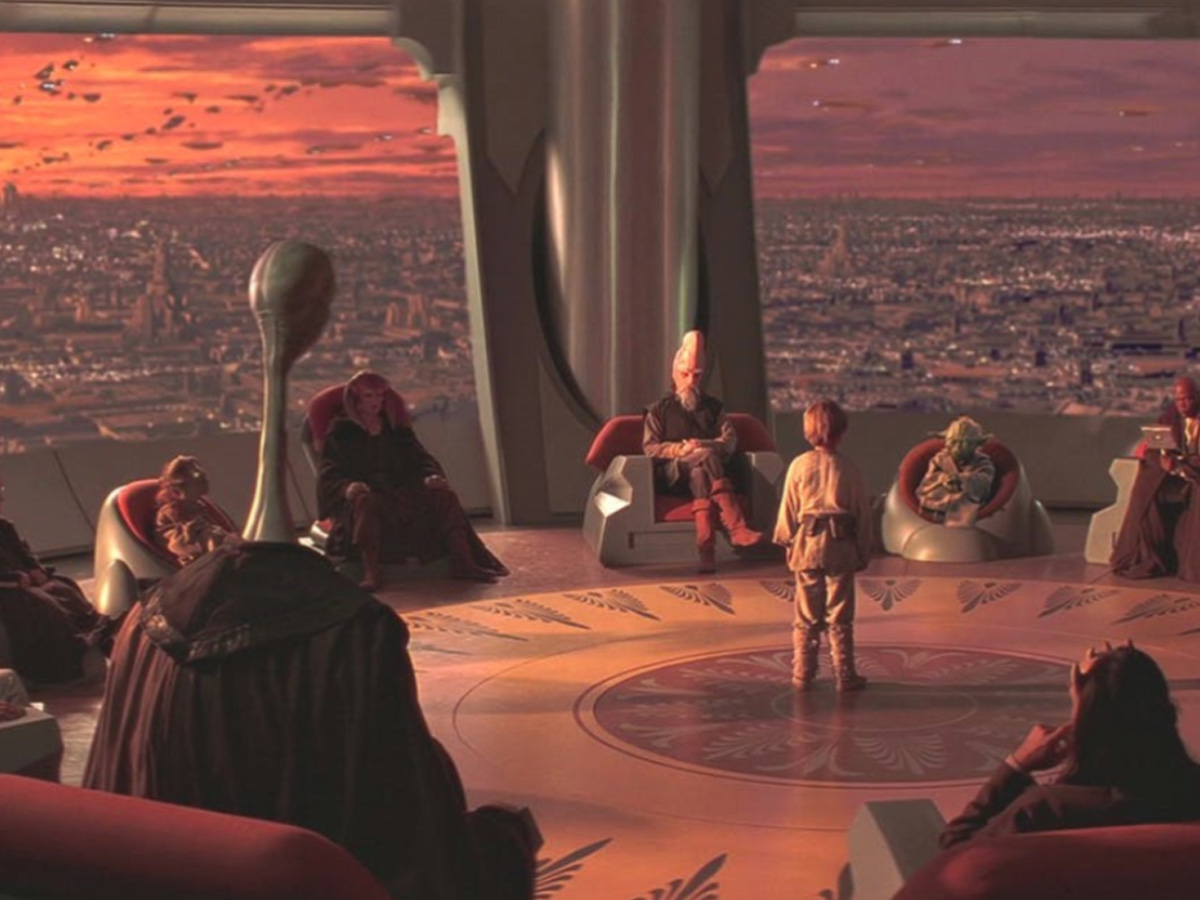
There are plenty of legitimate reasons to hate Star Wars: The Phantom Menace. The 1999 prequel to the original series was panned at the time of its release, and in the ensuing years, people have only begun to dislike it more. Diehard Star Wars fans found it to be a poor heir to the legacy of the original films.
However, some people, in particular, got upset at one particular character--Jar Jar Binks. Some of the most unhinged critics went as far as to compare him to an Antebellum minstrel stereotype, which is a completely level-headed assessment of a fictional alien character. Poor Jar Jar just can't seem to get any love from anyone.
Lady and the Tramp (1955)

Even classic, beloved Disney films aren't safe from the mobs these days. Lady and the Tramp is an animated children's movie about a high-class spaniel falling in love with a stray dog on the streets. While it's ridiculous that people are so upset by the movie, it's hilarious that the villains at the center of the issue in this dog-centric movie are cats.
At one point in the film, Lady runs into a couple of troublemaking Siamese cats who do a little song and dance about what scamps they are called "We Are Siamese If You Please." This one got some pants in a twist because of the Asian aspect. People who argue this seem to be blissfully unaware that it's kind of not cool to Asians to presume that they can't tell the difference between a human being and an animated cat.
Peter Pan (1953)
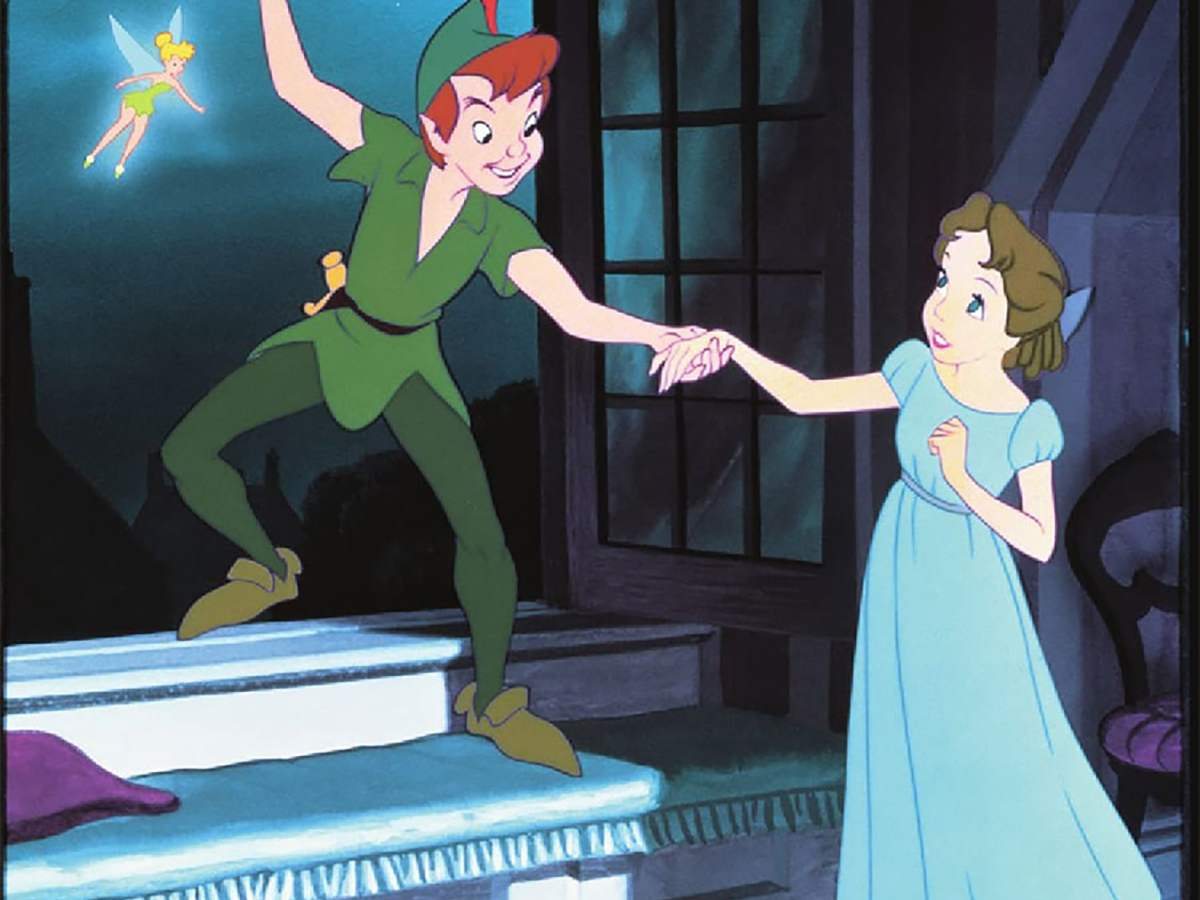
Peter Pan existed long before the Disney movie of the same name, but these days, that's what everyone thinks of when you mention his name. The movie is about a whimsical world where Peter and his clan of young boys do their best to avoid growing up and avoid the ire of comic villain Captain Hook.
The problem that's exploded in recent years has to do with the Native Americans depicted in the film. They probably could have done without the number "What Made the Red Man Red?" Considering everything Native Americans have gone through in the film, it's surprising that the movie was basically remade (Pan, anyone?) and was just as bad as the one in '53.
 Author
Ron Winkler
Last Updated: November 25, 2025
Author
Ron Winkler
Last Updated: November 25, 2025